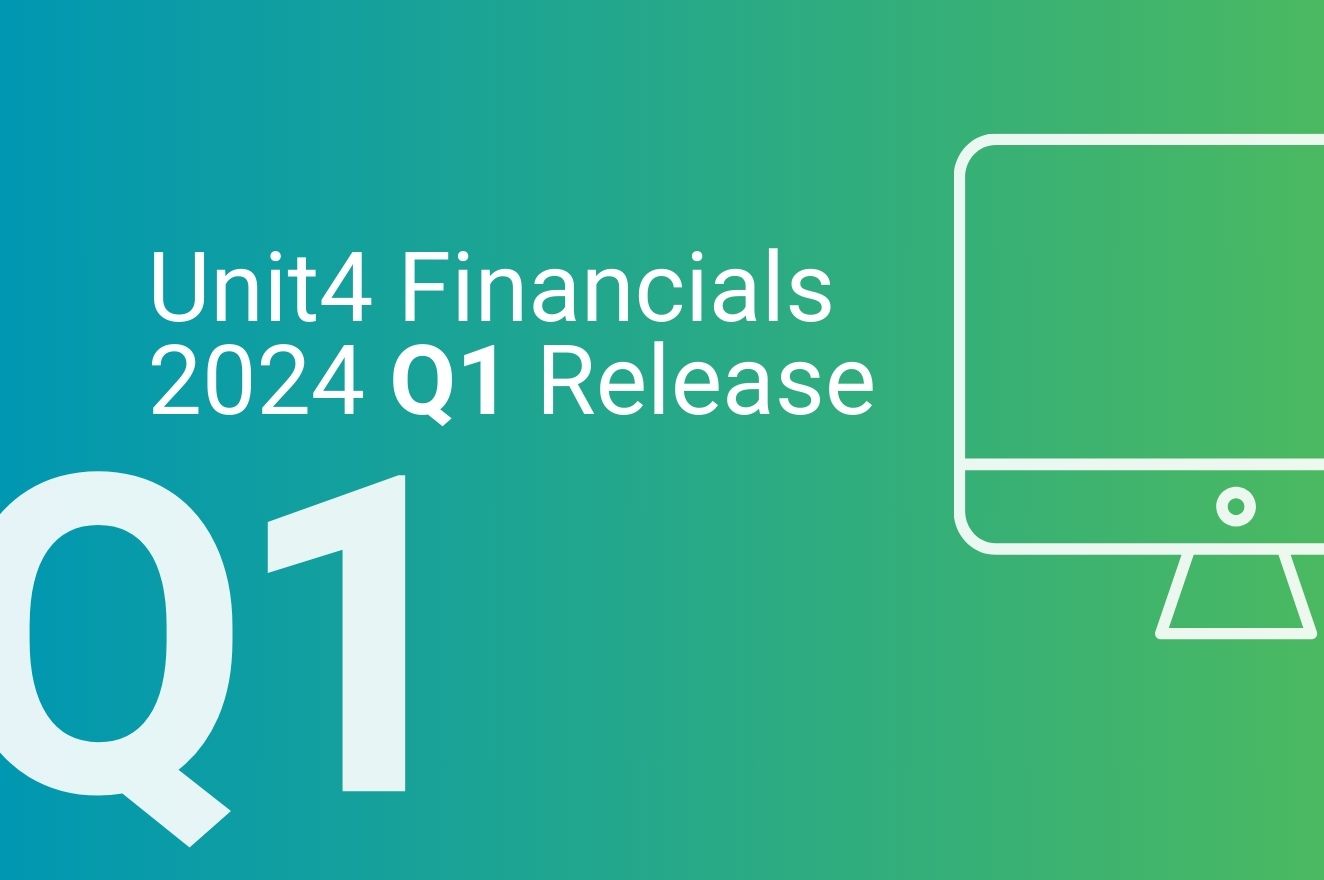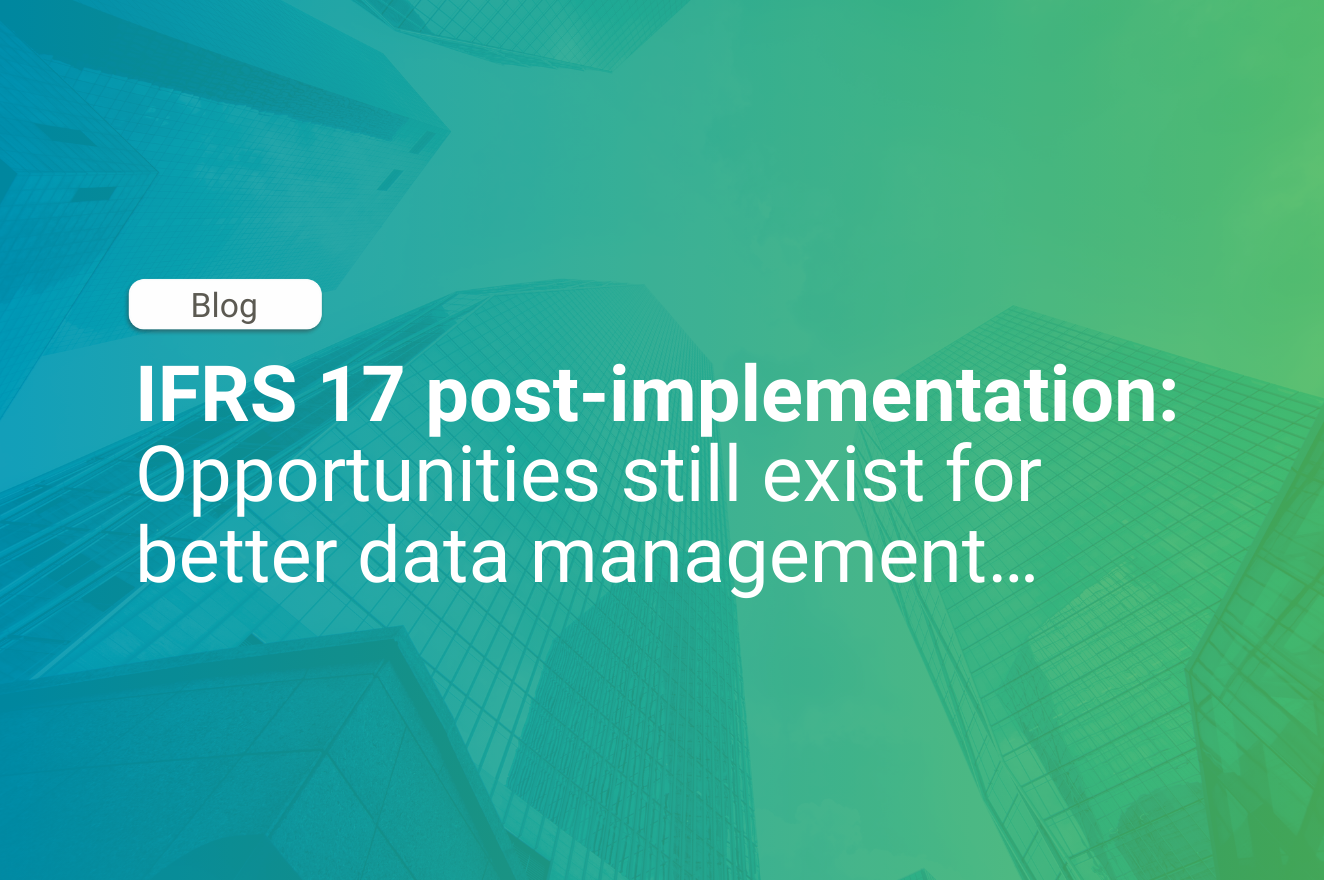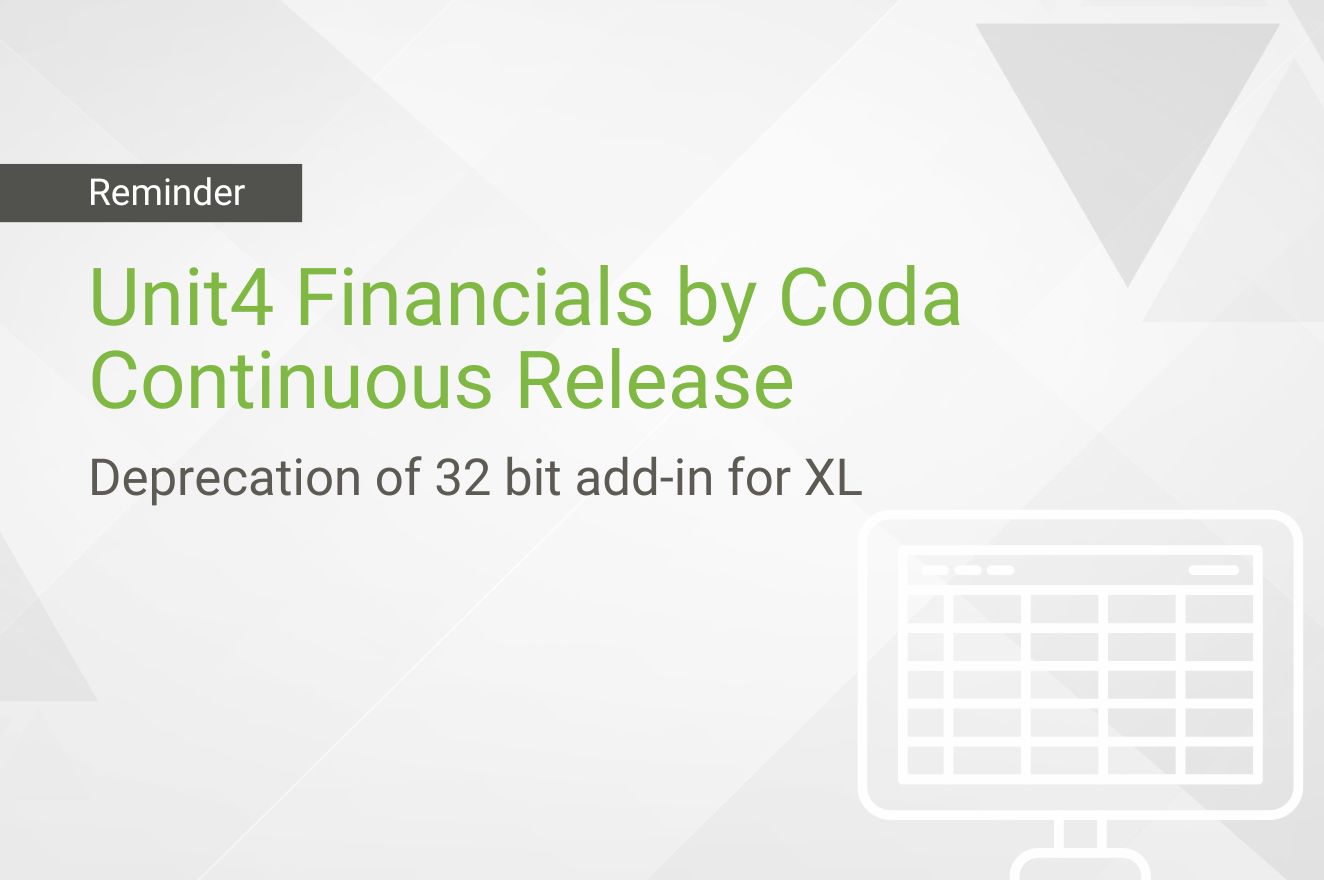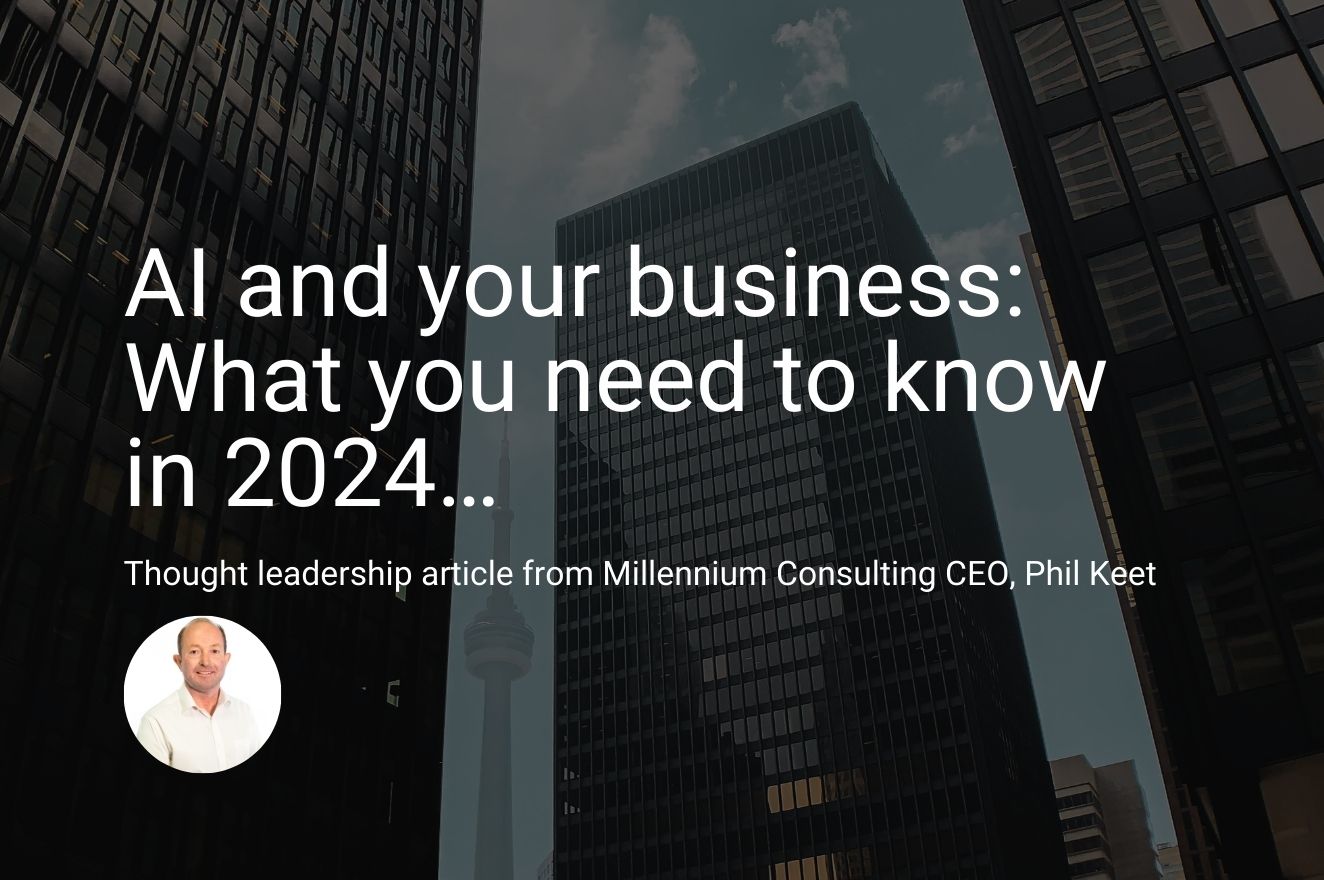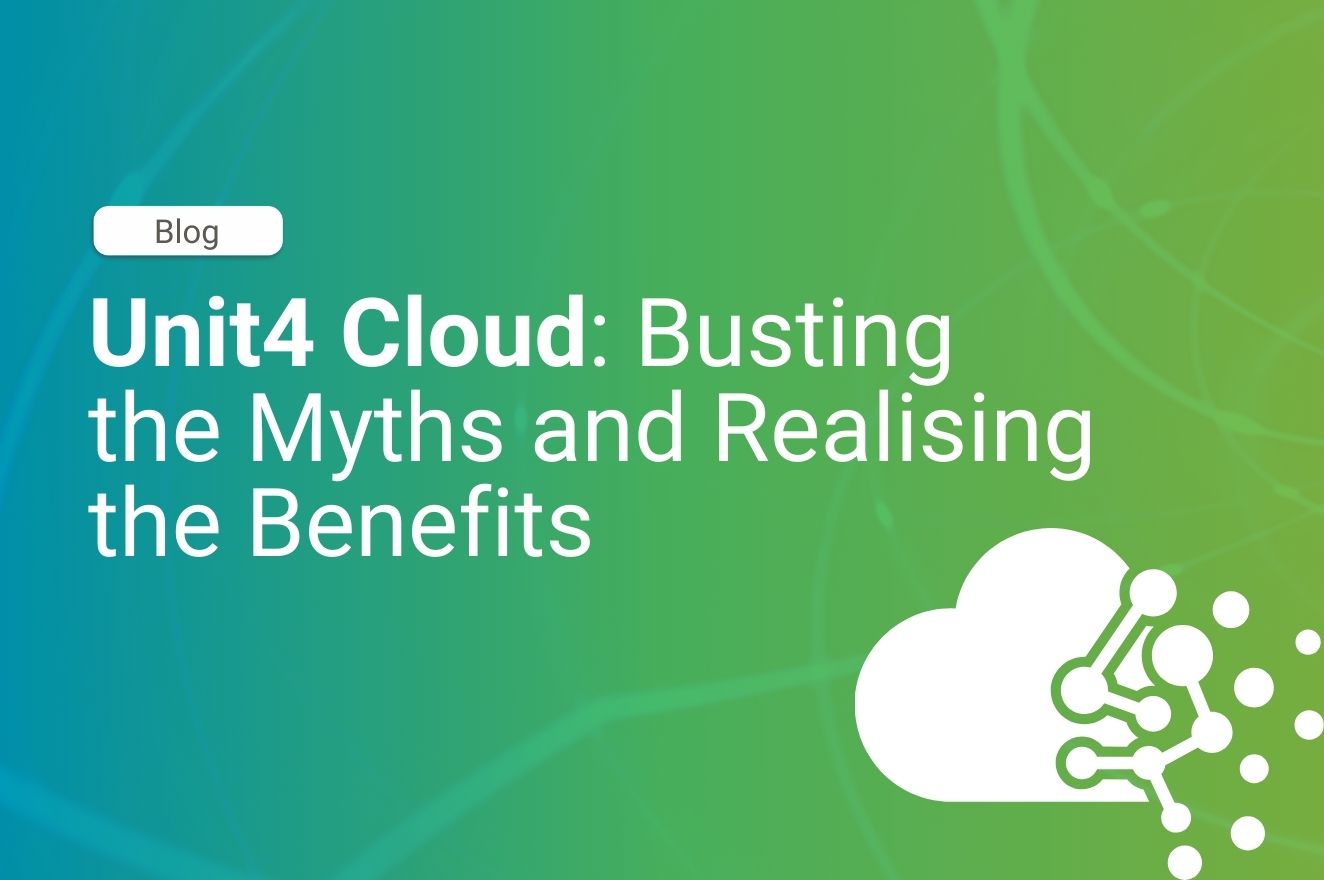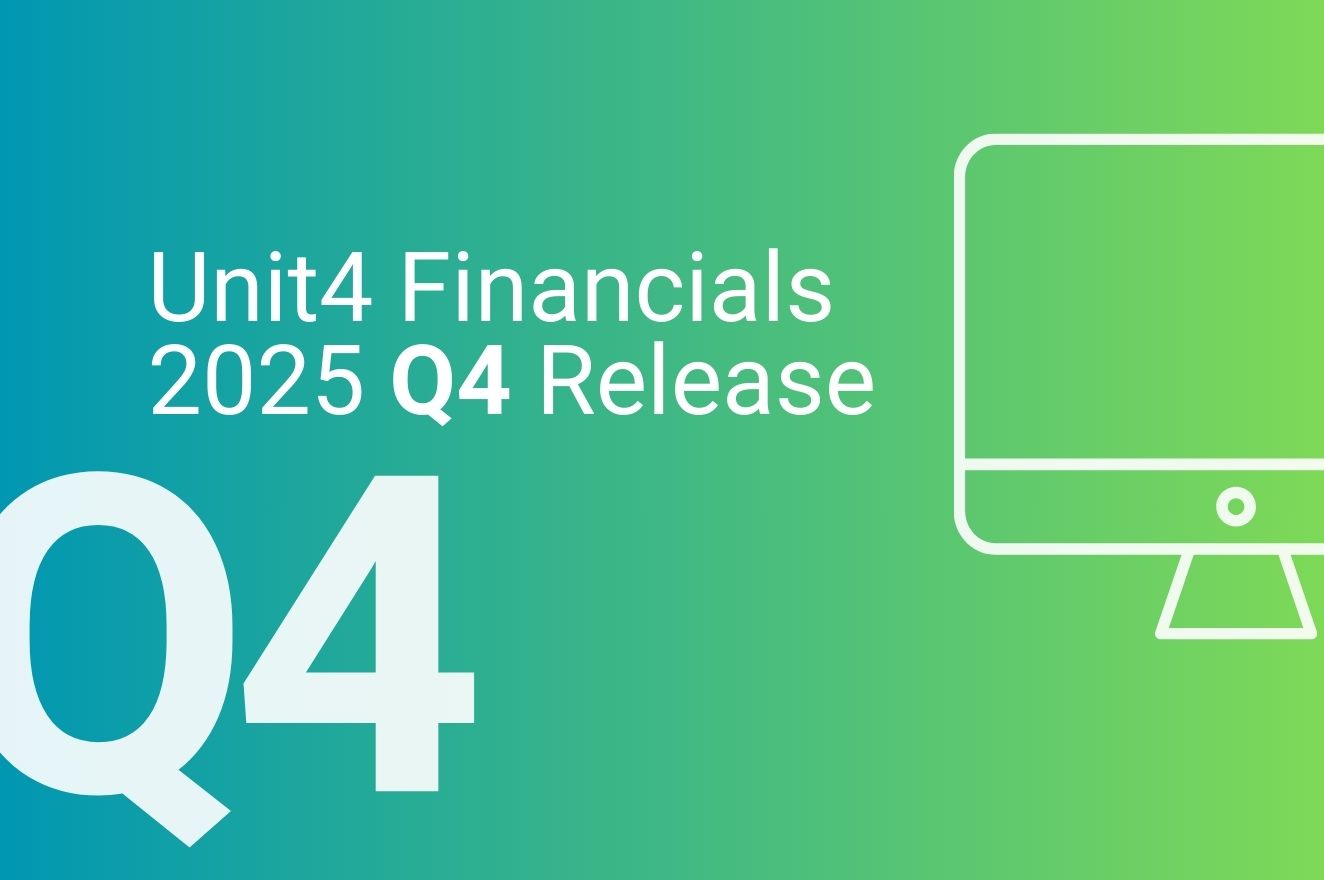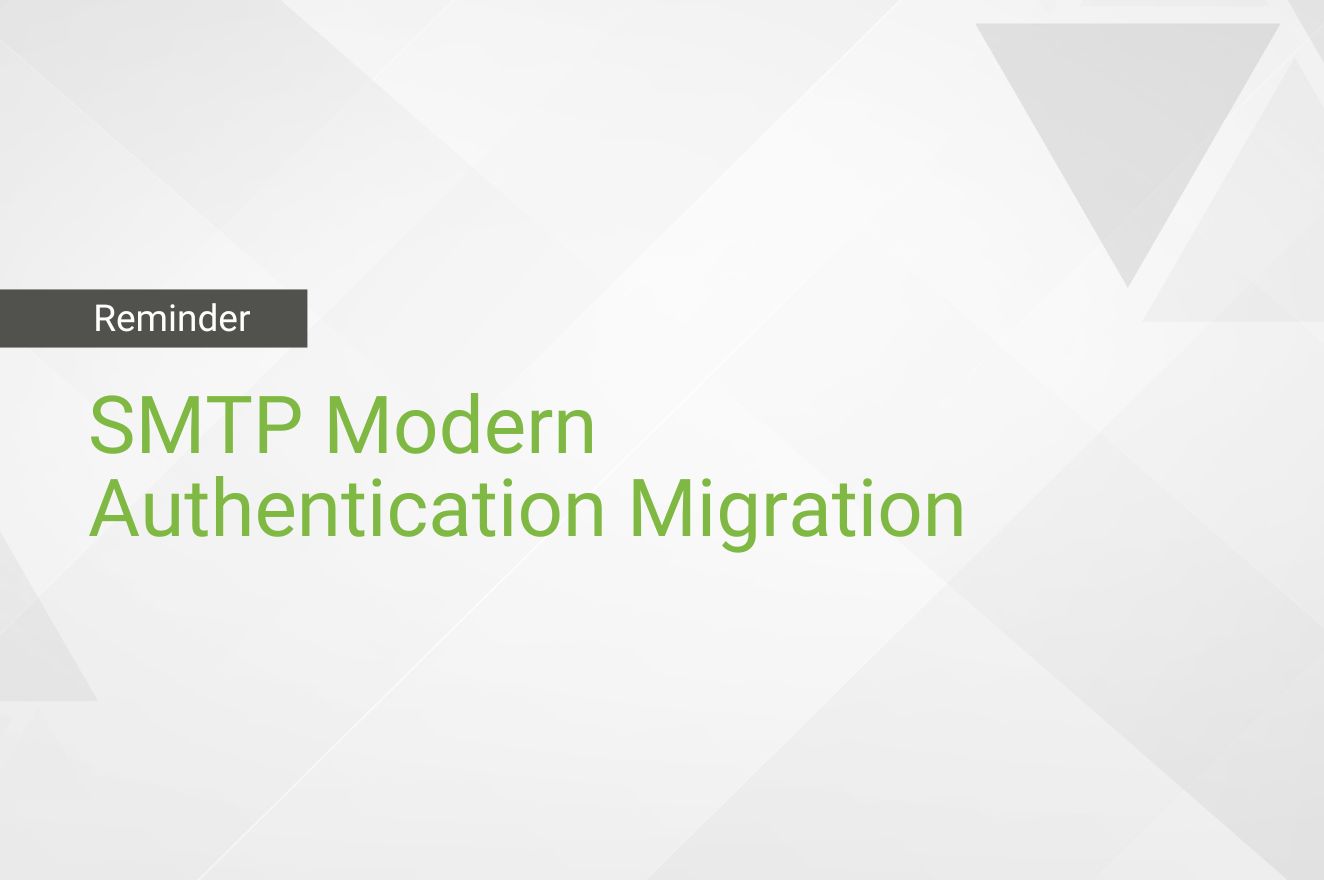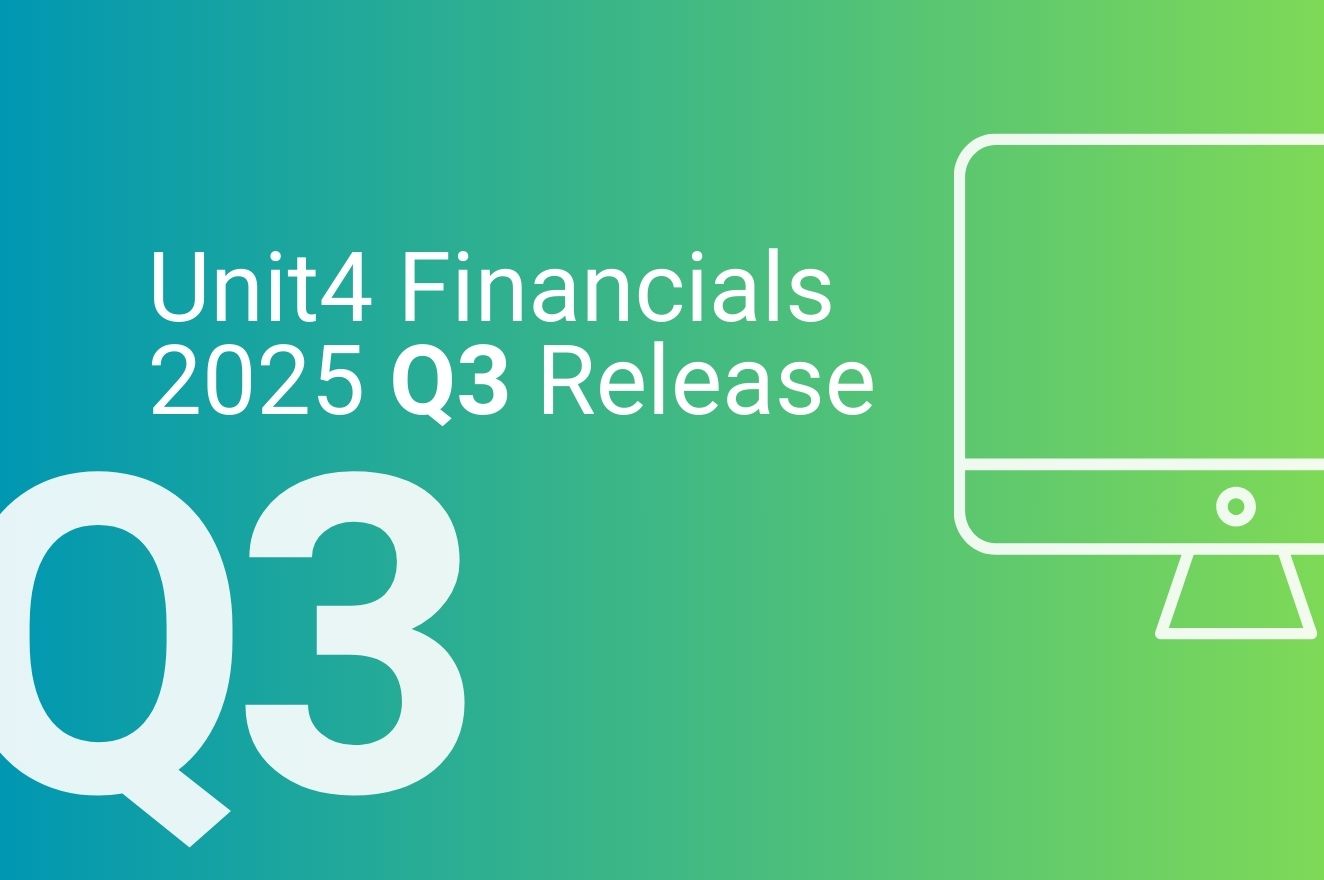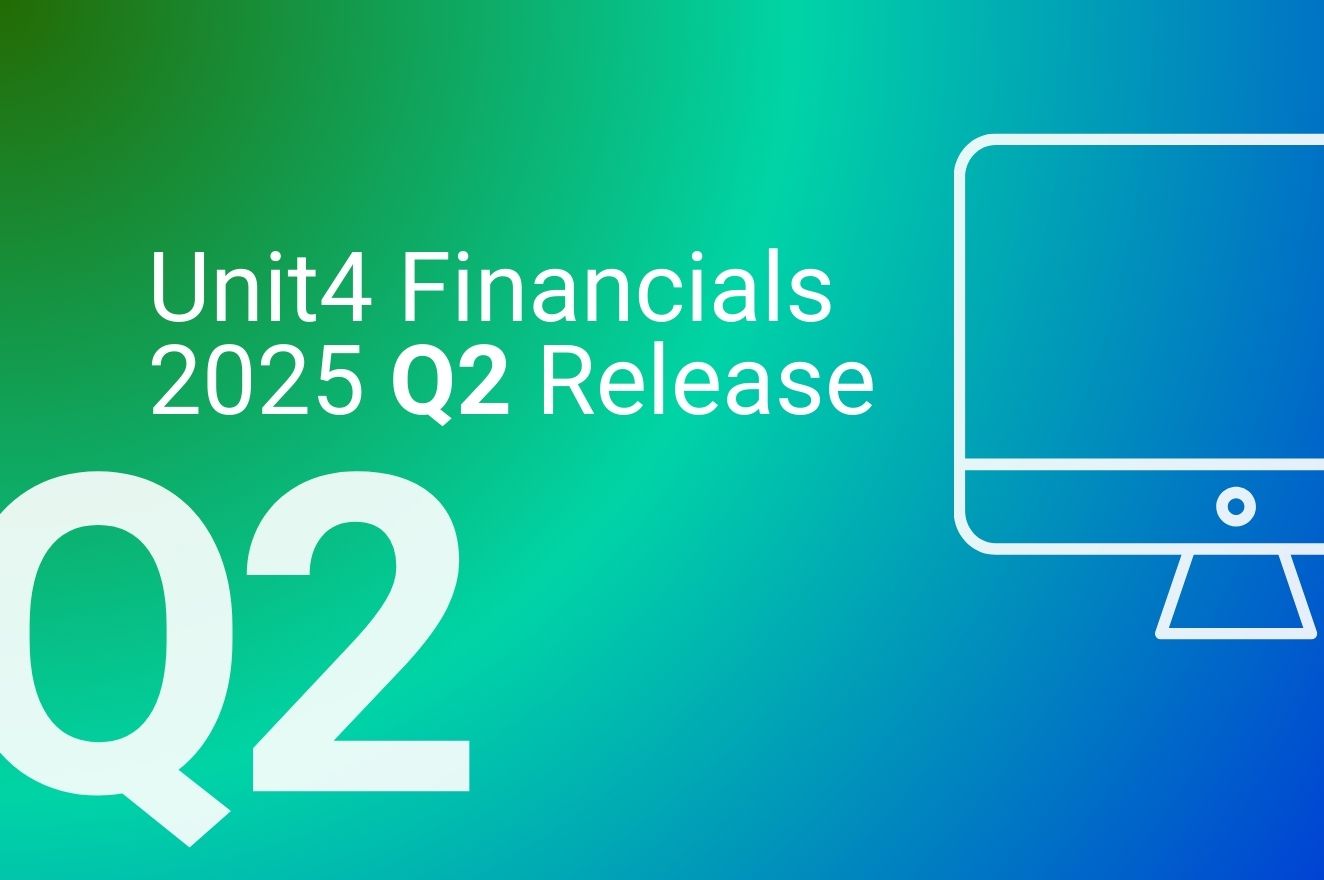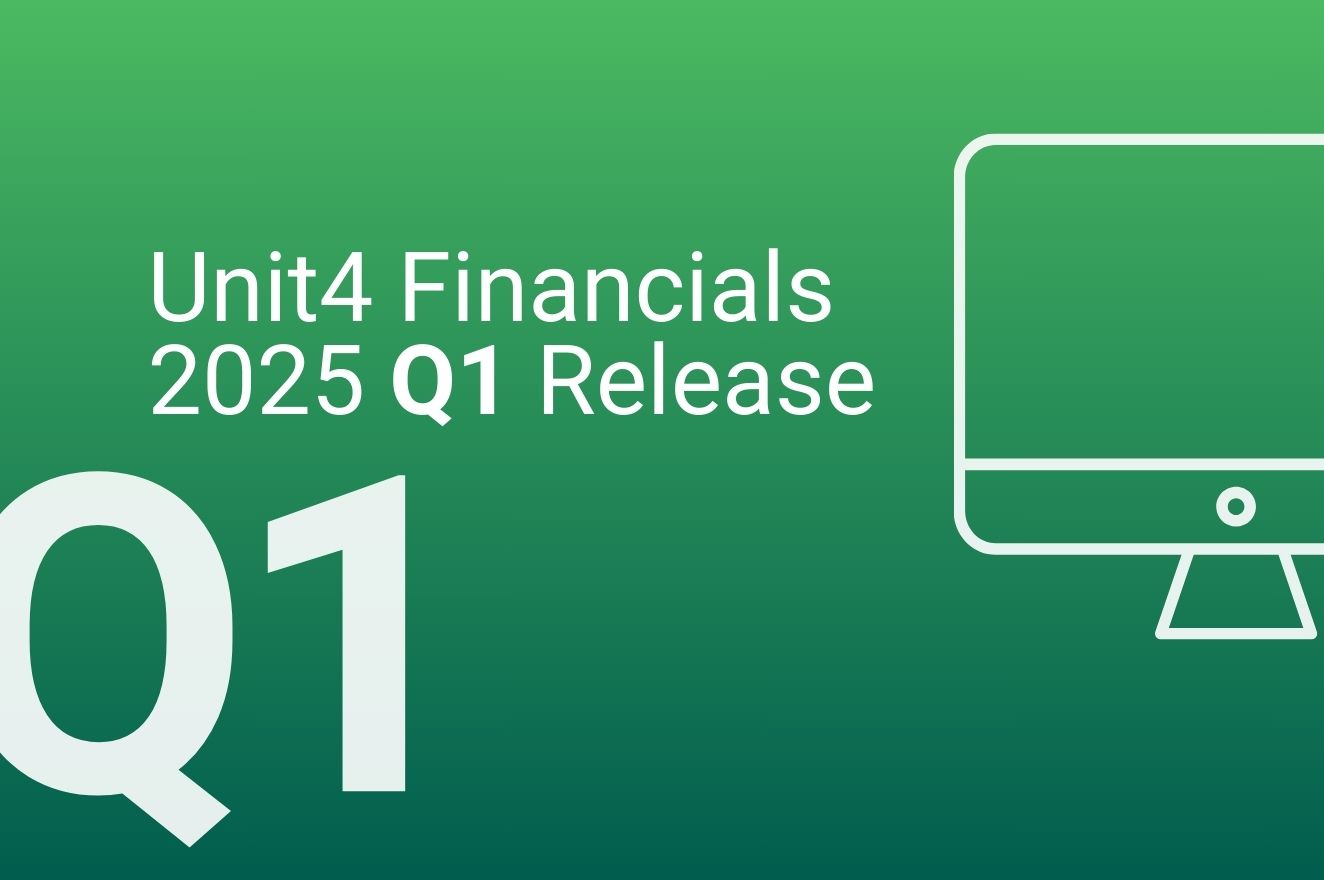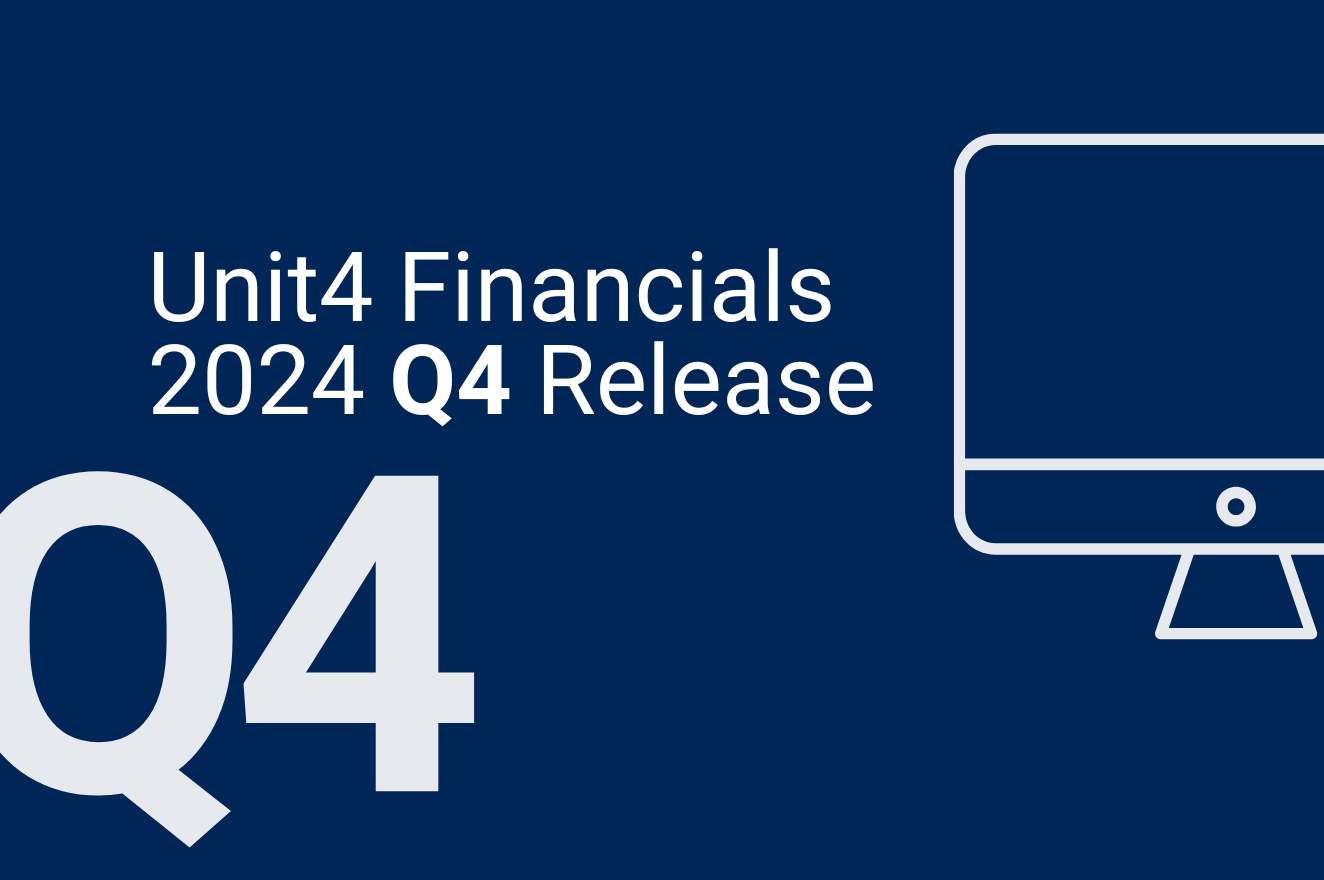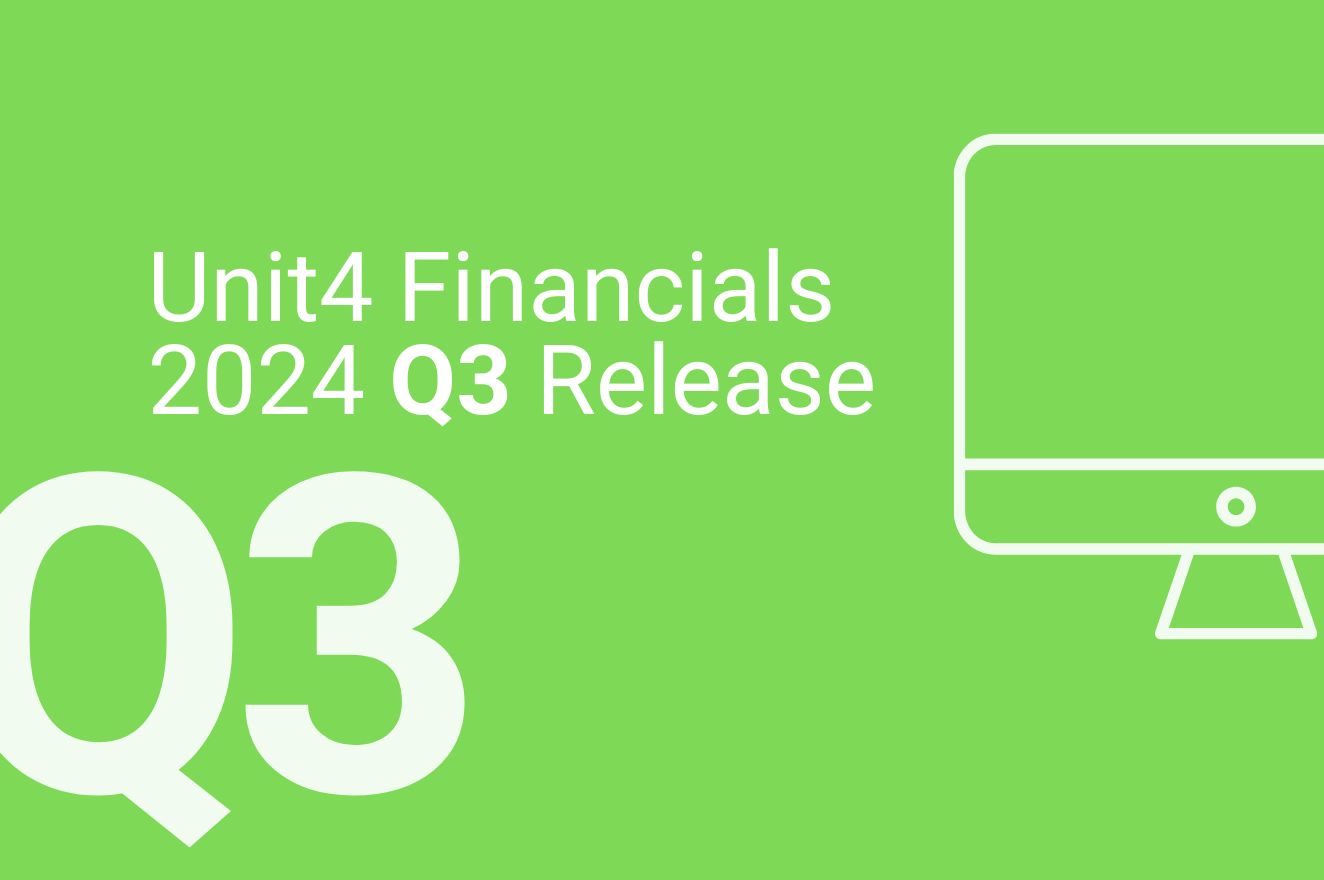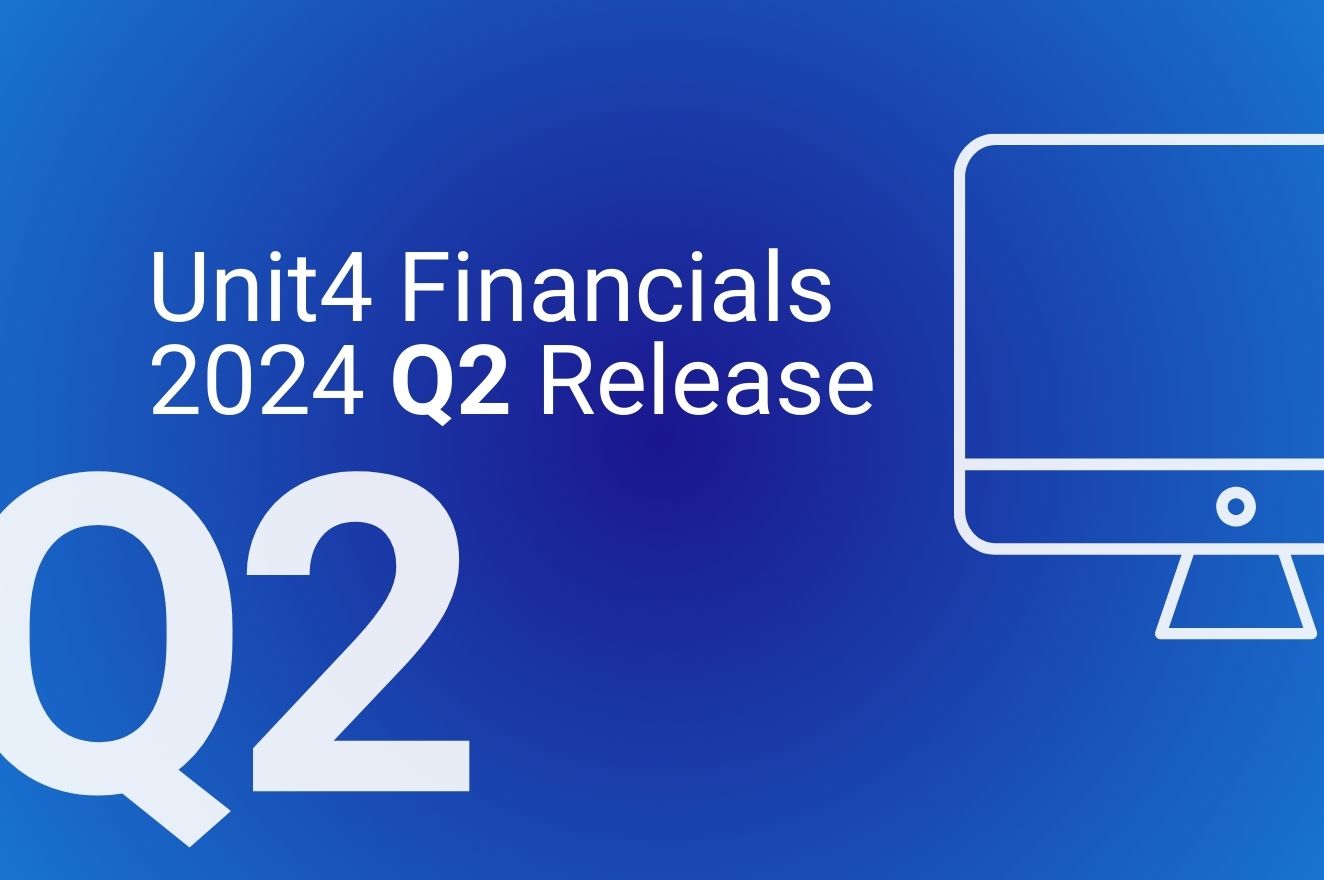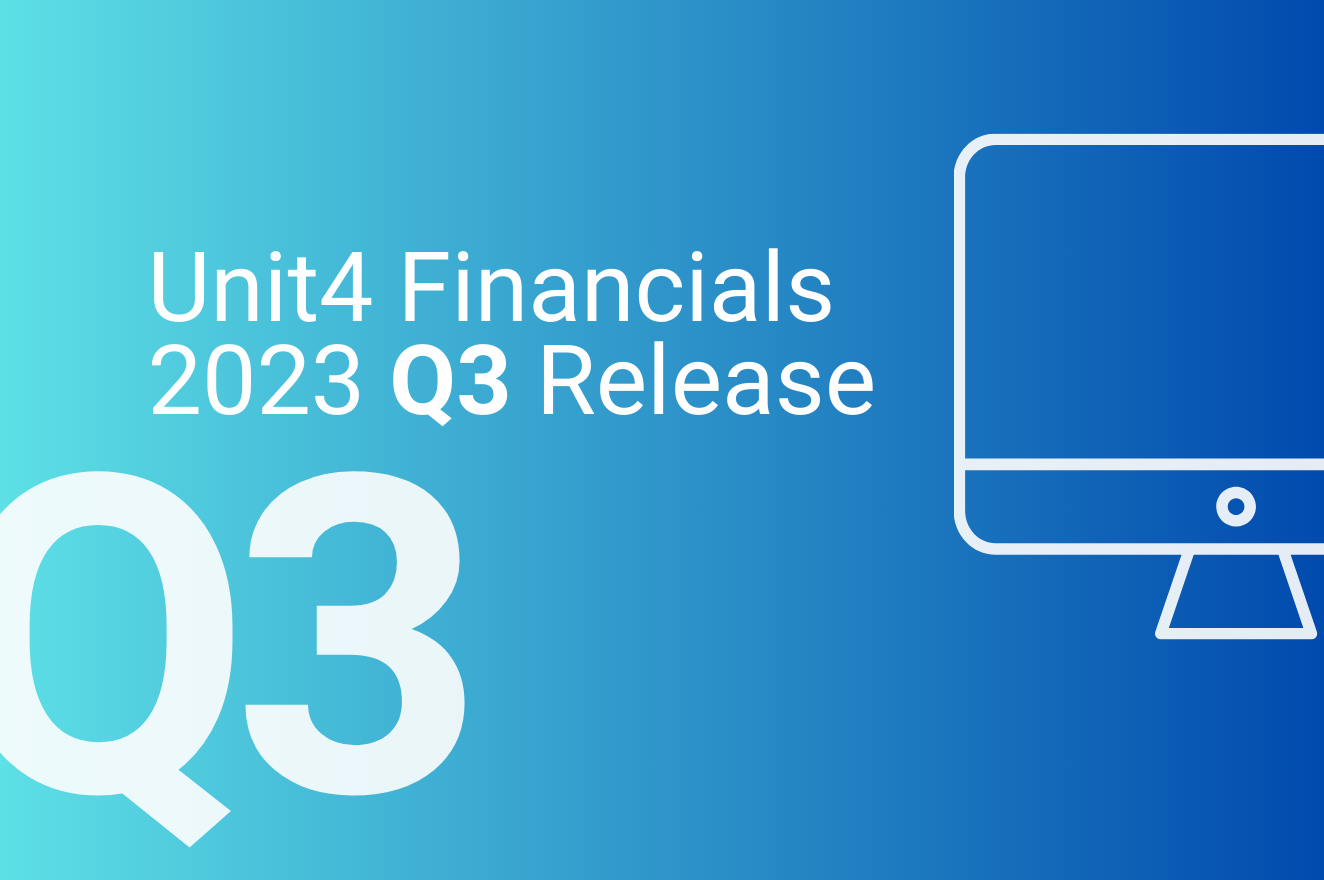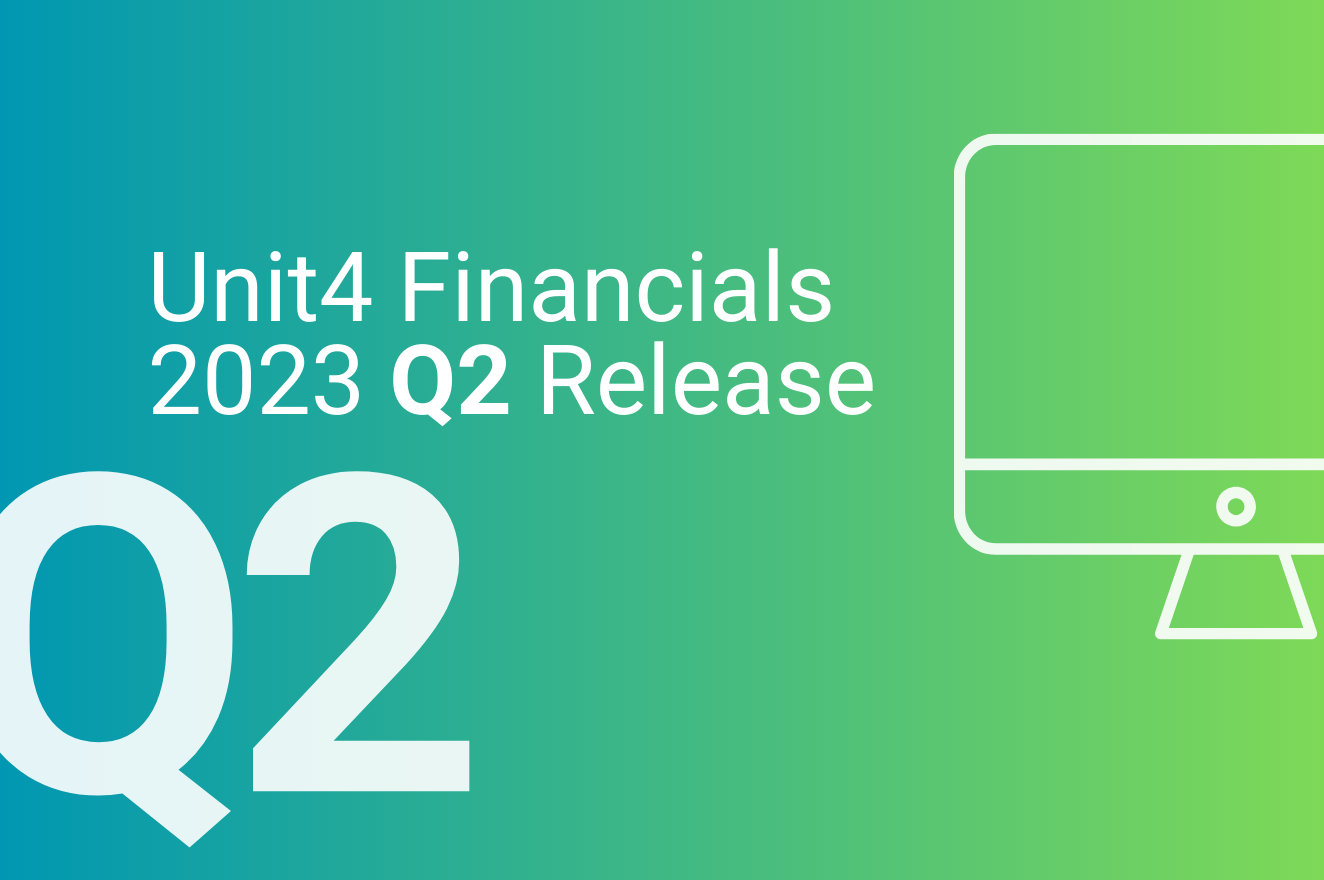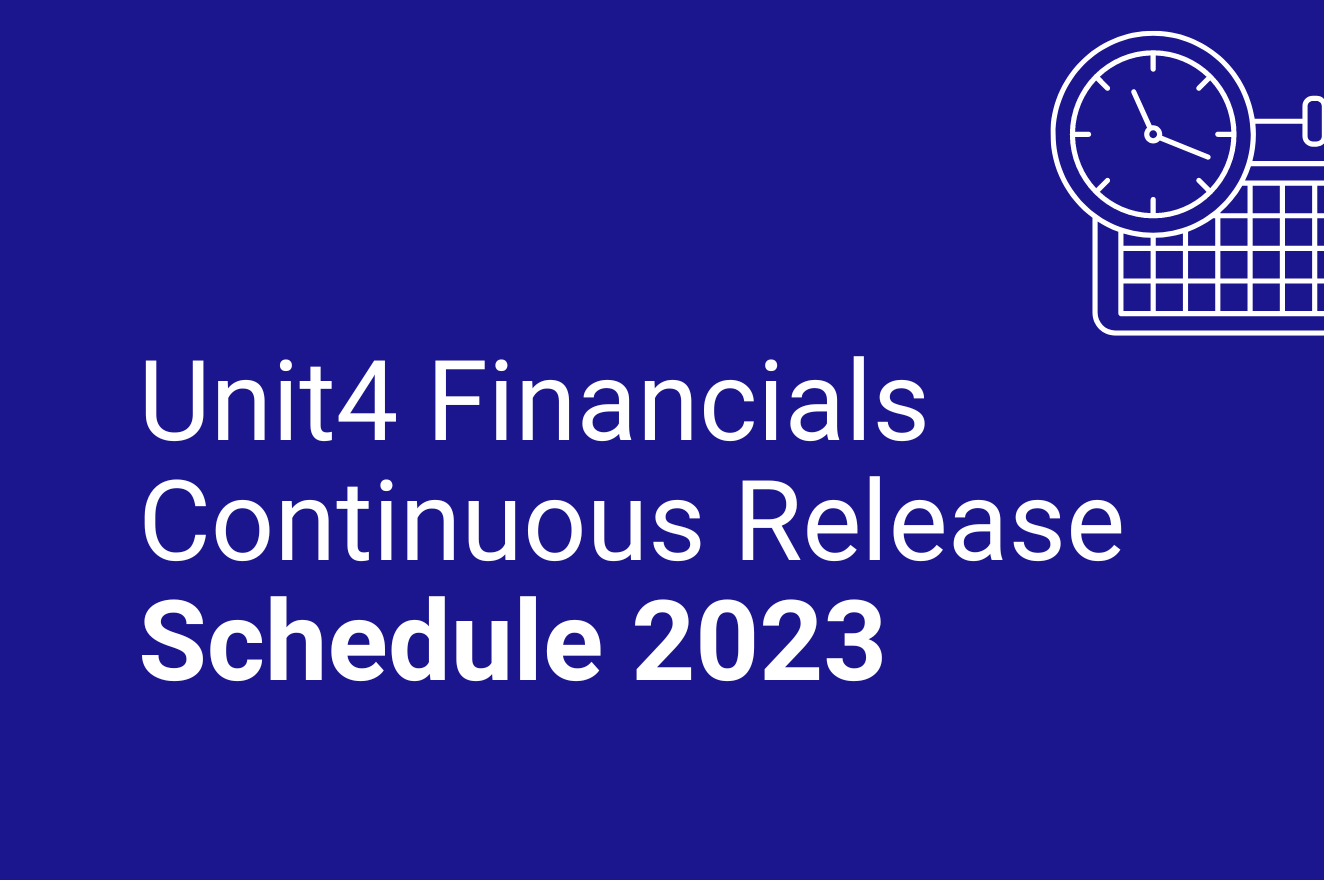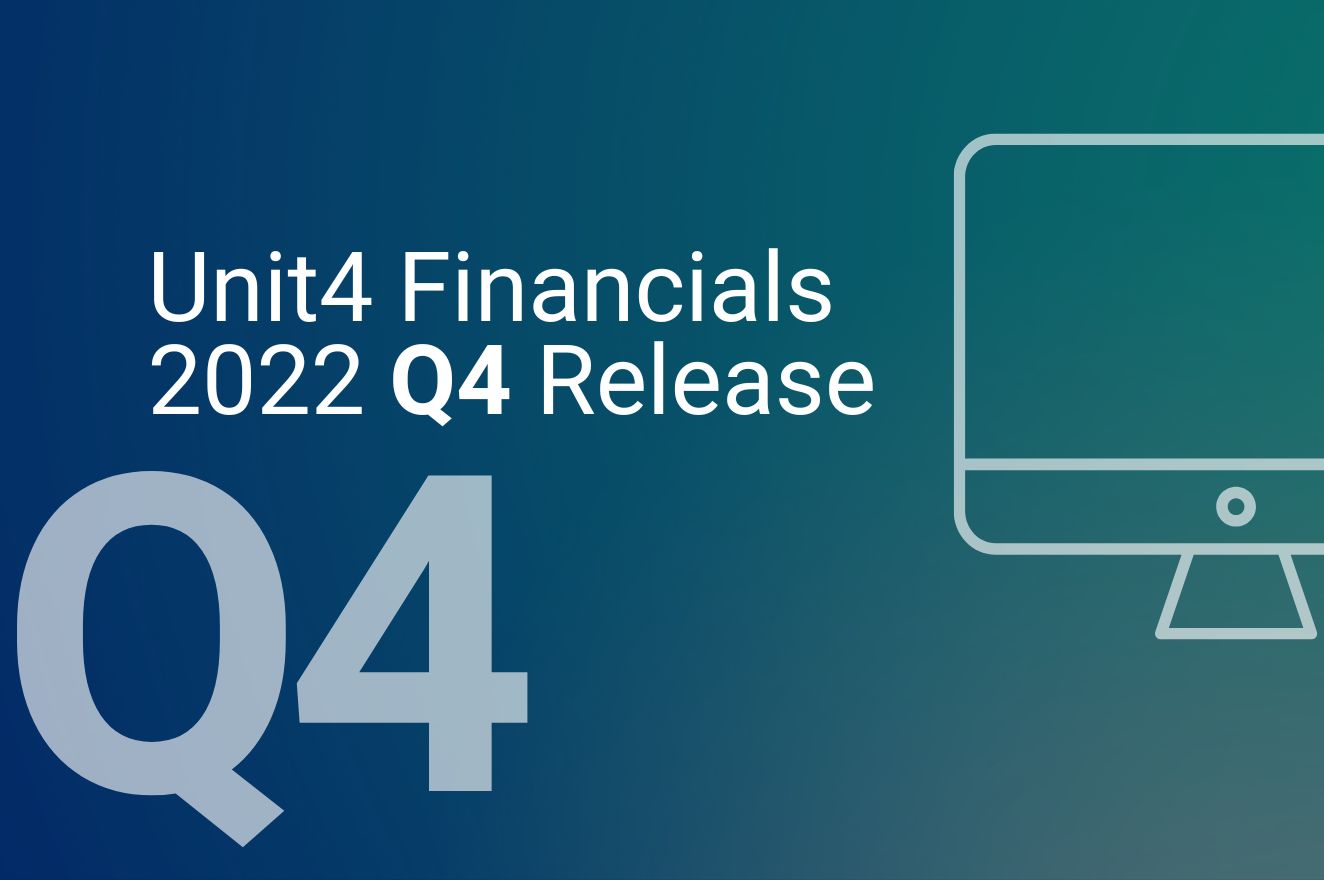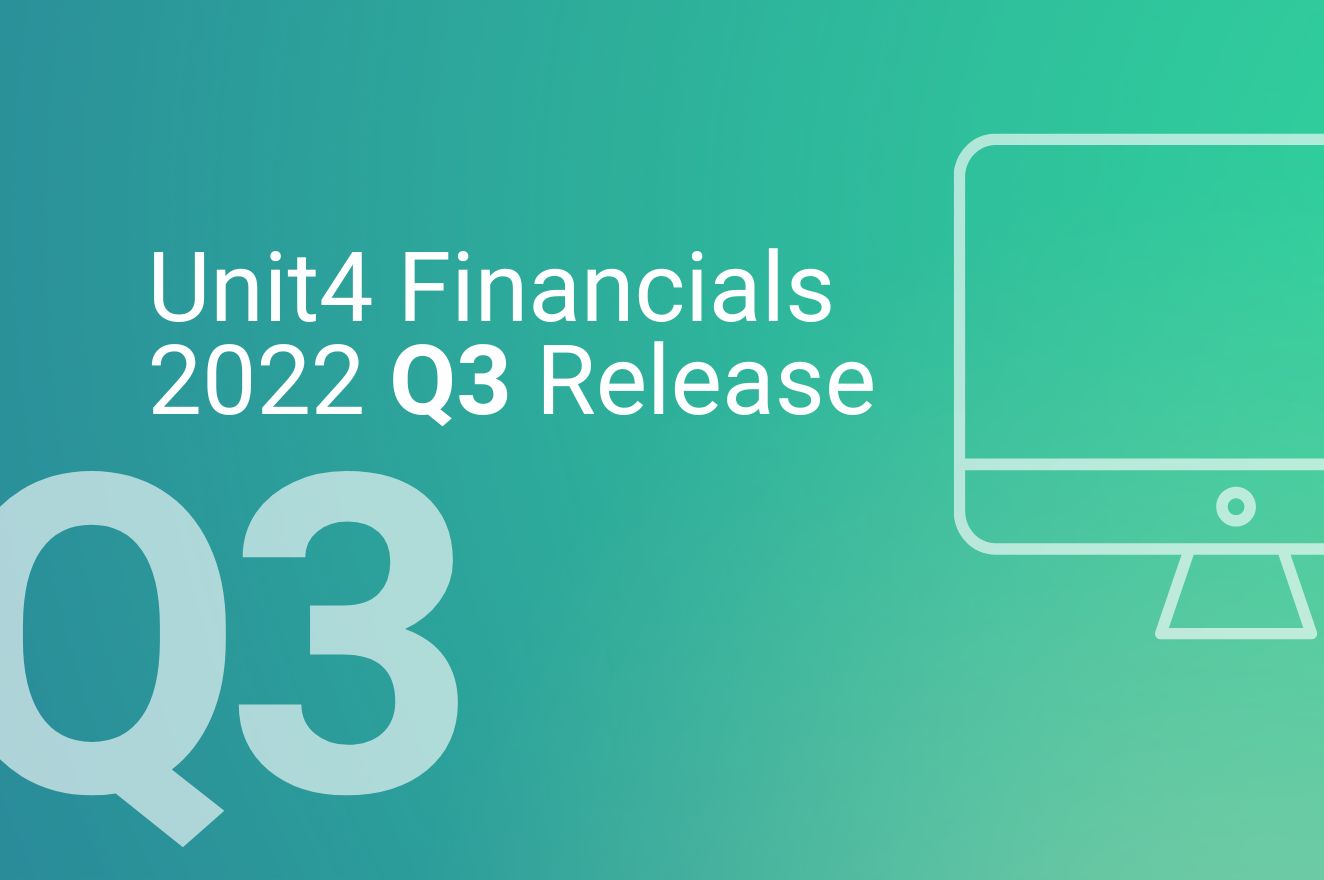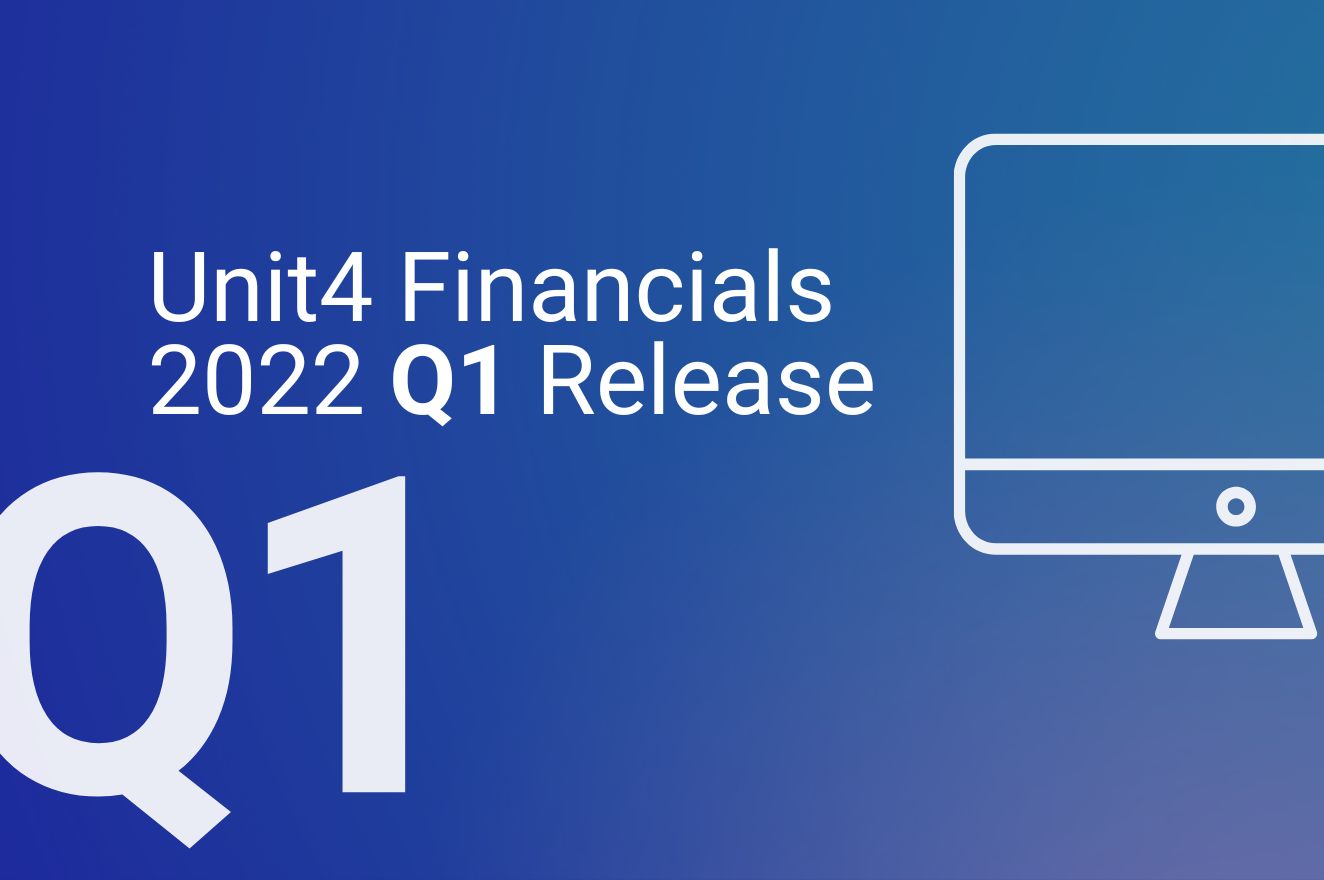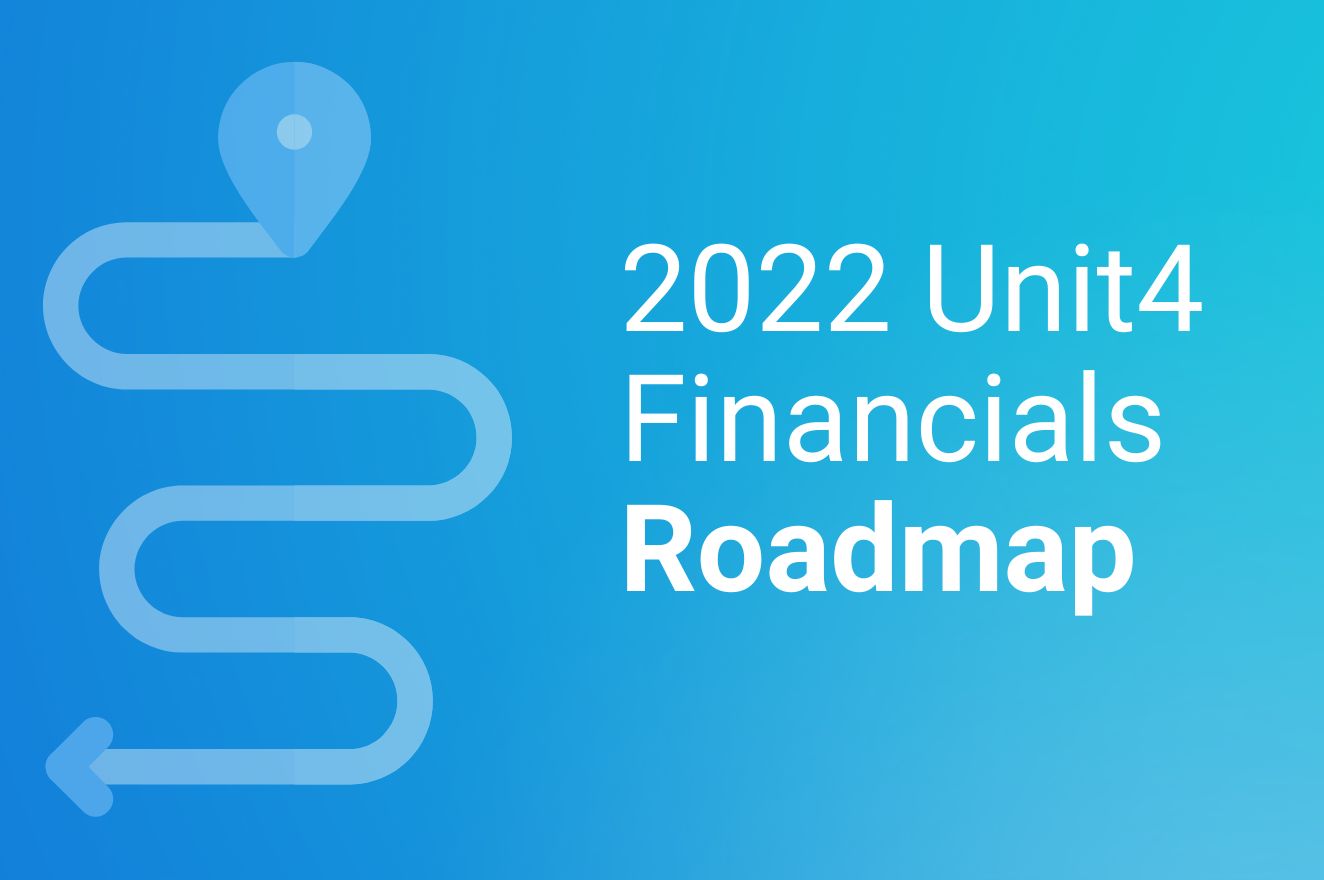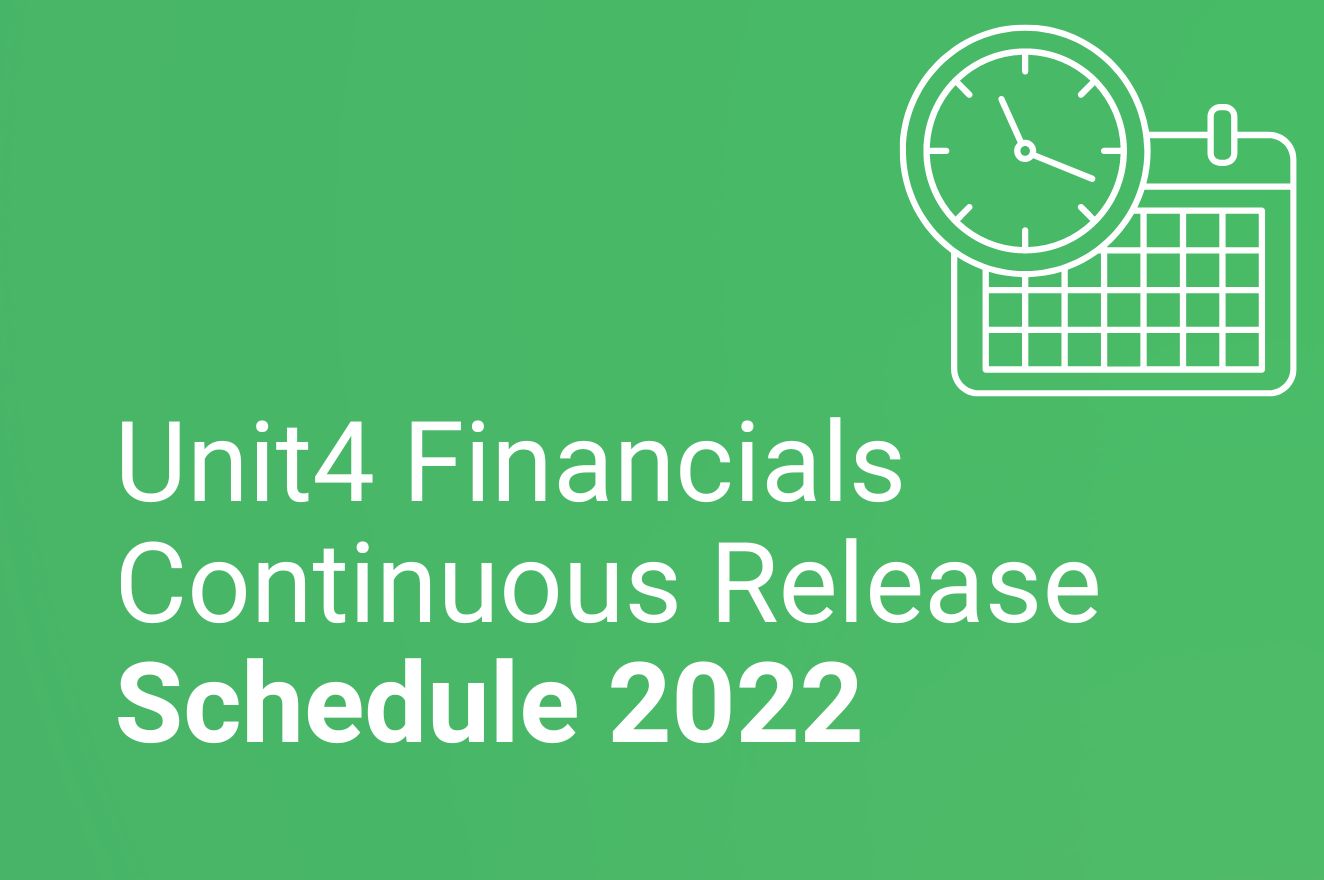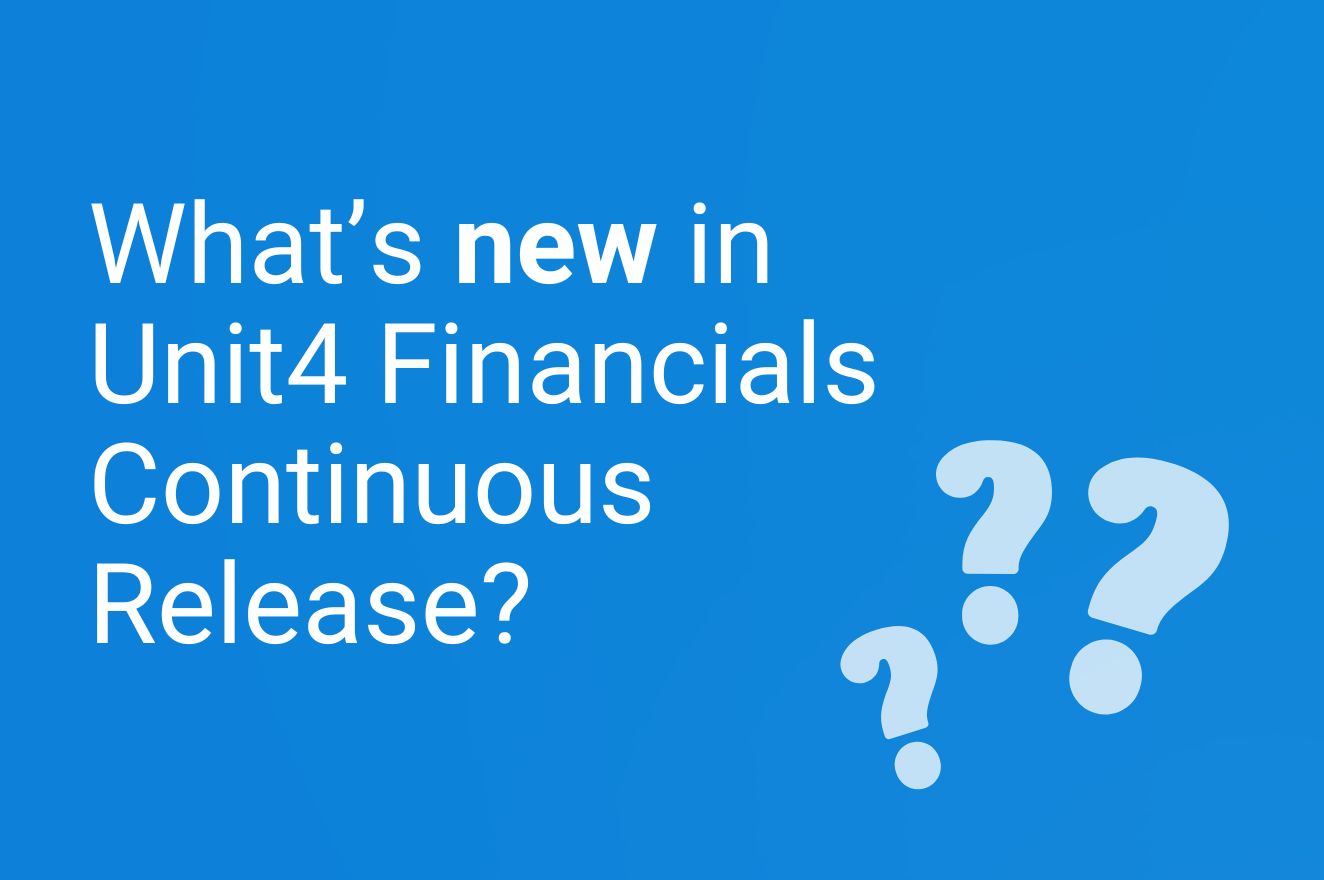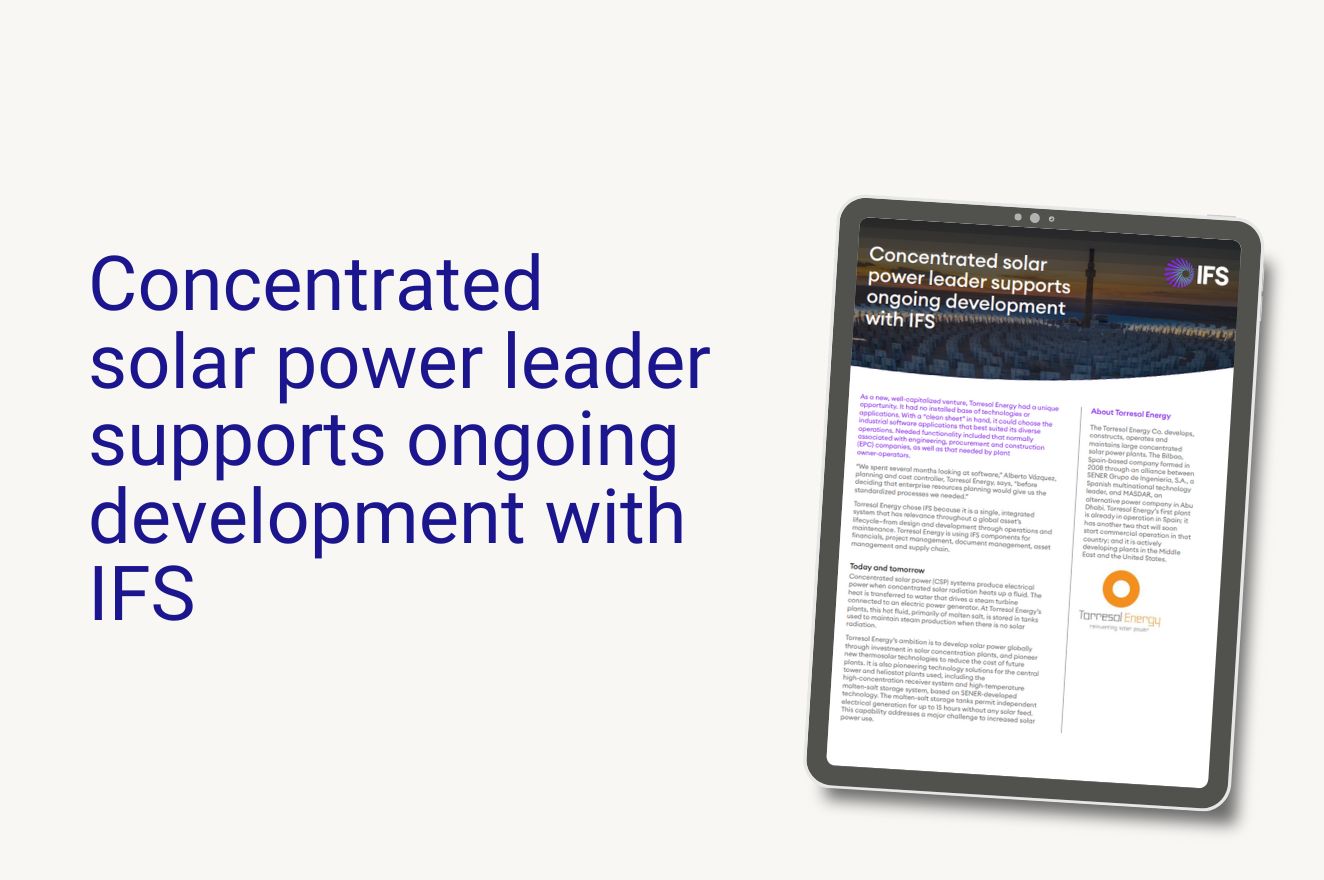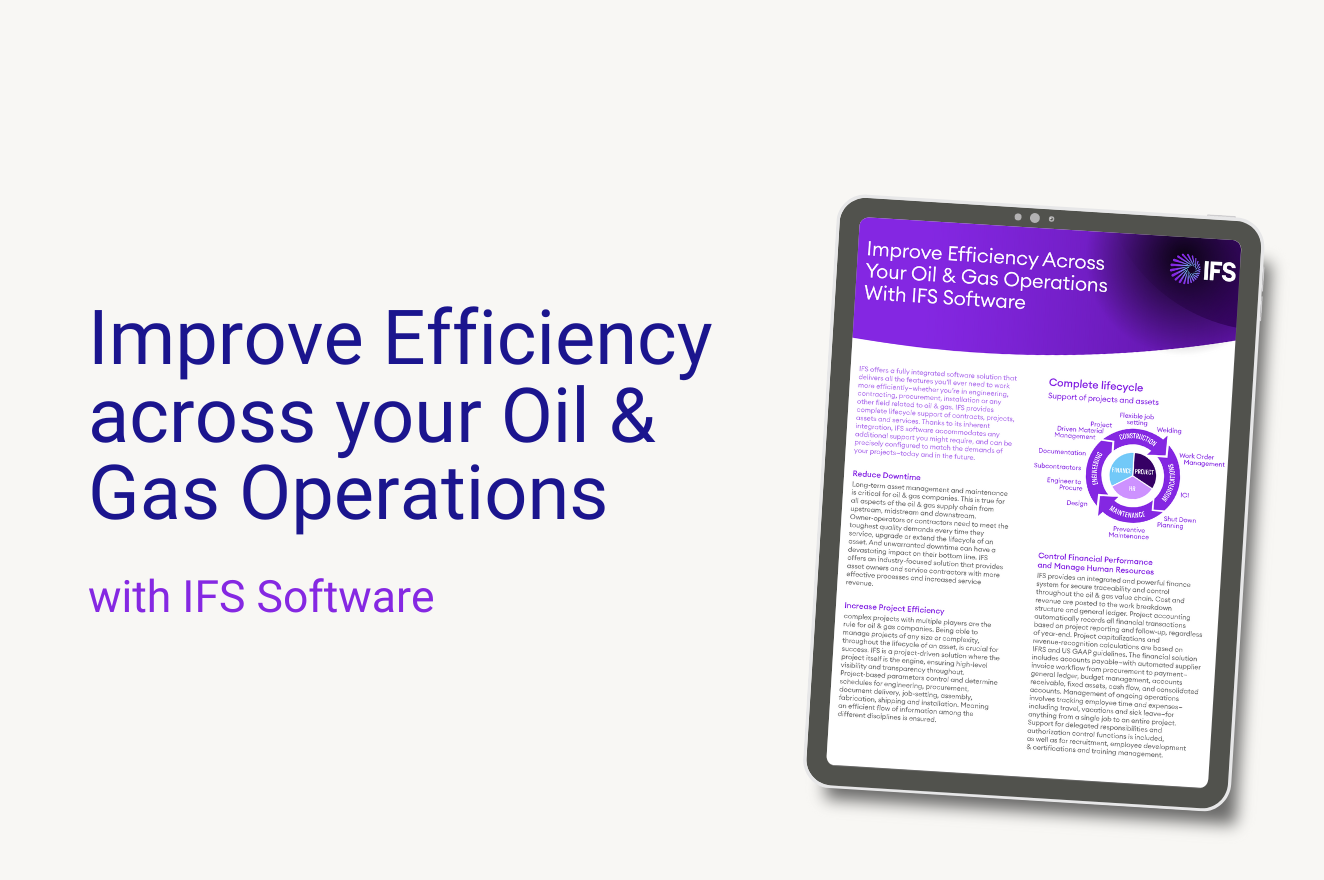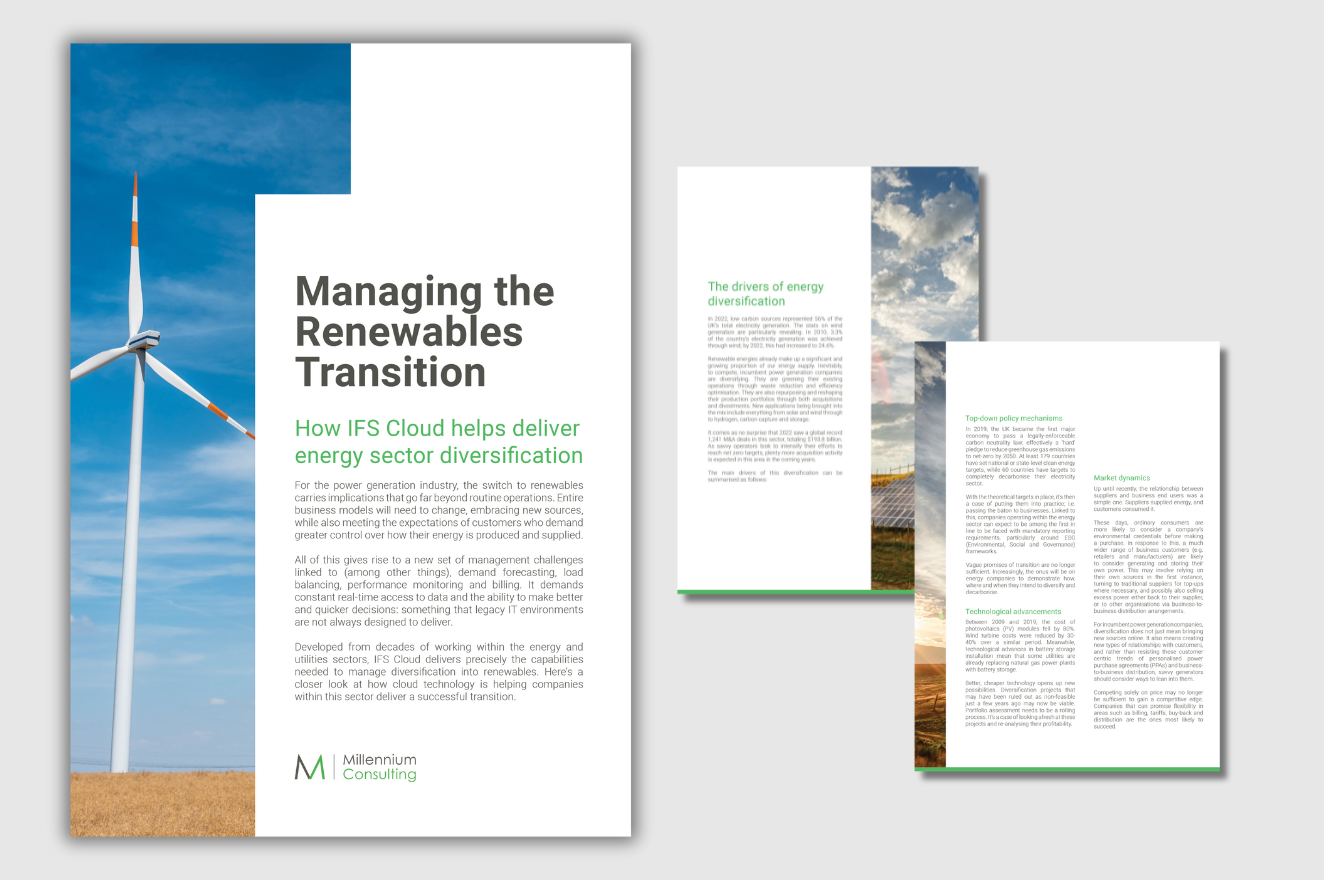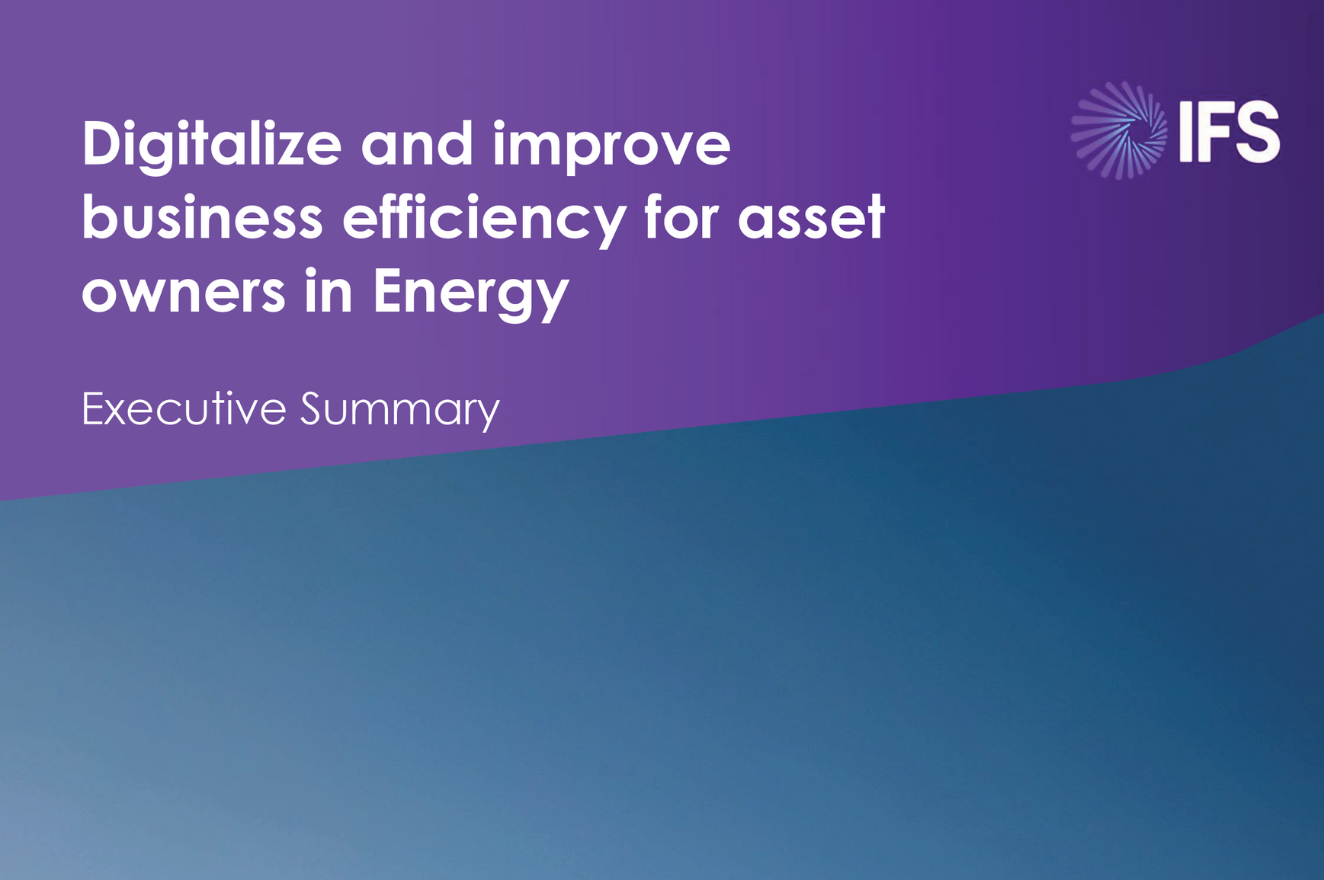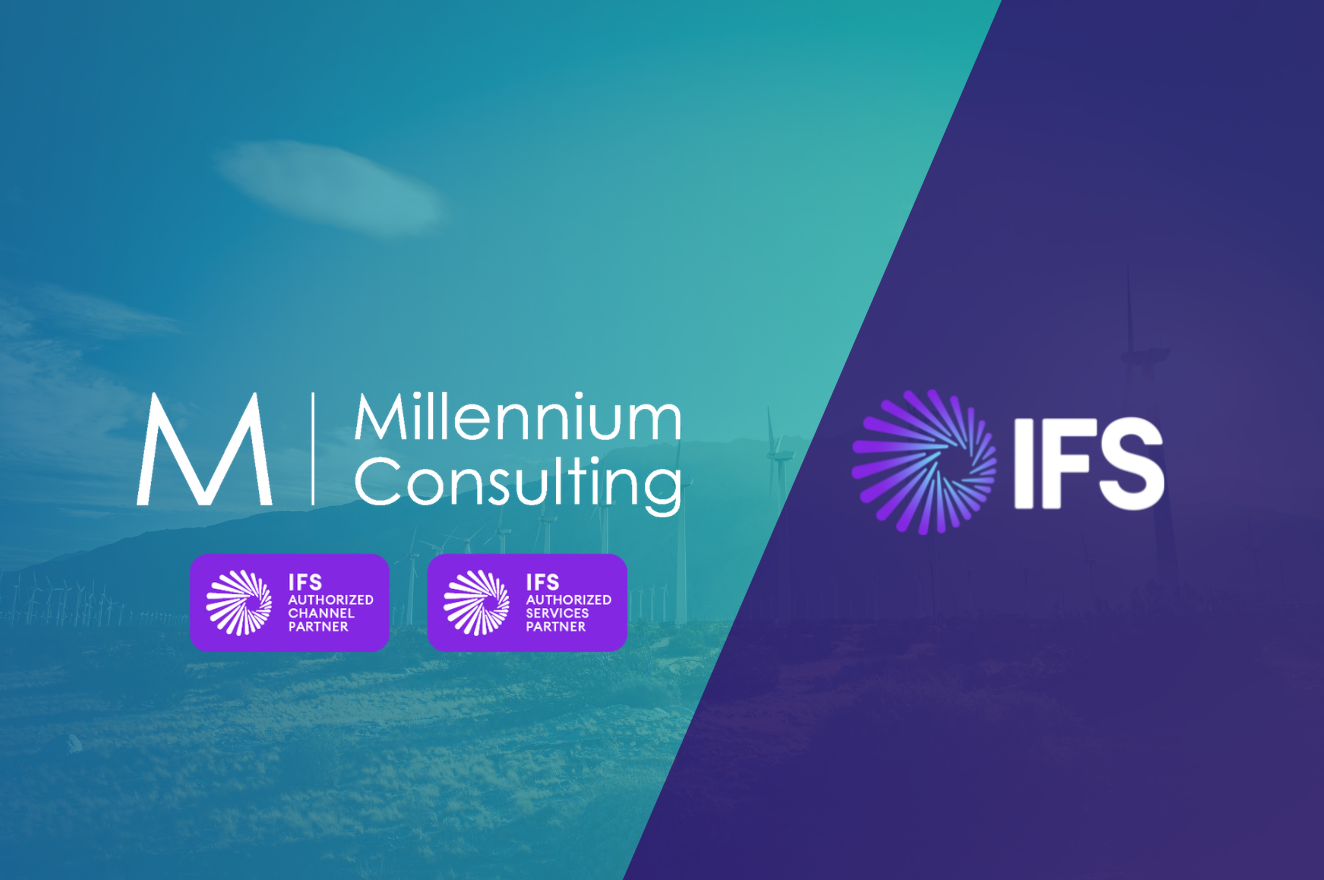The value of a joint IFRS 17 and Solvency 2 Technology Solution
The value of a joint IFRS 17 and Solvency 2 Technology Solution
In the dynamic landscape of insurance and financial services, the convergence of regulatory requirements such as IFRS 17 and Solvency 2 presents both challenges and opportunities. As insurers navigate these complex regulations, the value of a joint technology solution that addresses both IFRS 17 and Solvency 2 cannot be overstated. This unified approach not only ensures compliance but also unlocks synergies, enhances efficiency and drives strategic decision-making.
March 2024
Seamless compliance
The foremost benefit of a joint IFRS 17 and Solvency 2 technology solution is seamless compliance. These regulations impose distinct yet overlapping requirements on insurers, including data management, reporting, and risk assessment. By integrating both frameworks into a single system, insurers can streamline their compliance efforts.
Rather than managing separate systems for each regulation, a joint solution allows for centralized data storage, standardised processes and automated reporting. This not only reduces the risk of errors but also saves time and resources that would otherwise be spent reconciling data between disparate systems.
Efficiency and cost savings
A unified technology solution for IFRS 17 and Solvency 2 brings significant efficiency gains and cost savings. Insurers can eliminate duplicative processes and streamline workflows, leading to faster and more accurate financial reporting. This efficiency extends to data governance, as a single source of truth reduces the need for manual data reconciliation and validation.
Moreover, by leveraging the same technology stack for both regulations, insurers can benefit from economies of scale. This means lower maintenance costs, reduced IT complexity, and a more agile infrastructure that can adapt to evolving regulatory requirements without the need for extensive customization or additional investments.
Holistic Risk Management
IFRS 17 and Solvency 2 are not just compliance exercises; they are also essential frameworks for understanding and managing risk. A joint technology solution enables insurers to take a holistic approach to risk management by integrating financial and actuarial data.
By analysing data across both IFRS 17 and Solvency 2 requirements, insurers gain a comprehensive view of their financial health and risk exposure. This enhanced visibility allows for more informed decision-making, better capital allocation, and improved strategic planning.
Strategic insights and competitive advantage
Beyond compliance and efficiency, a joint IFRS 17 and Solvency 2 technology solution provides insurers with valuable strategic insights. The integrated data and analytics capabilities enable advanced modelling and scenario planning, empowering insurers to assess the impact of various strategies on their financial performance and solvency position.
Insurers can also use this data-driven approach to gain a competitive advantage. By leveraging predictive analytics and machine learning, they can identify market trends, customer preferences, and emerging risks. This foresight enables proactive risk mitigation, product innovation, and targeted marketing strategies to stay ahead in a rapidly changing industry.
Conclusion
In the complex and highly regulated world of insurance, a joint technology solution for IFRS 17 and Solvency 2 is not just a convenience—it’s a strategic imperative. By unifying compliance efforts, enhancing efficiency, and enabling holistic risk management, insurers can unlock synergies that drive business growth and resilience.
This integrated approach goes beyond meeting regulatory requirements; it empowers insurers with actionable insights and a competitive edge in the market. As insurers embrace the opportunities presented by convergence, a joint IFRS 17 and Solvency 2 technology solution emerges as a powerful enabler of success in the modern insurance landscape.
What next?
To help you progress from ‘just about managing’ to thriving with IFRS 17, Millennium Consulting can help. Whether it’s optimal reconfiguration of recently-implemented software, advice on updating legacy systems, or weighing up your options for futureproofing your data architecture, our change management specialists are ready to supplement your in-house capabilities.
To see what’s possible, speak to us today.
Unit4 Financials 2024 Q1 Release
Unit4 Financials by Coda 2024Q1 was made available on 12th March 2024.
The new release contains all the previous Unit4 Financials by Coda functionality, new features, security updates plus customer identified fixes to extend the best-in-class software solution. Unit4 have addressed many customer reported issues, and hence why we always encourage customers to upgrade to the latest release.
Please note: 2024Q1 R2 was made available on 12th April 2024.
Release 2 has removed the fix for Bug 810008 – Daylight savings time is taken into account when setting the ‘Next run‘ time for Scheduled tasks. The changes made to the software to resolve this issue had the potential to cause intermittent issues when running scheduled tasks.
Highlights of the 2024Q1 release include:
Administration:
- OpenID Connect User Claims
- It is now possible to include and exclude inactive users on the OpenID Connect User Claims in Administration and in the Coda Console.
- Regional Settings
- It is now possible to configure Regional settings at a user level. If you previously required a Regional settings pack to override certain language pack settings, for example to specify a US date format when using English, you can now do this via the Regional Settings tab on User Master or My Profile. If the default option is selected, it will follow the installed language pack and browser language settings.
Finance:
- Tax Master
- You are now able to map the Finance Analysis line tax codes for use in Electronic Invoicing. These parameters will be used in the future by the new Electronic Invoicing functionality.
- Element Master
- You are now able to map the Finance Summary line and Analysis line accounts for use in Electronic Invoicing. These parameters will be used in the future by the new Electronic Invoicing functionality.
- Table Link Transfer Client
- The Table Link Transfer Client has two new parameters which enable the user to select the data to transfer by company and/or link code. Both values can be wildcarded. Please refer to the Technical Guide for more information.
- Browse Limits
- The areas below currently limit the transactions lines returned to the browse limit set on the user capability setting. These areas now also take into account the browse limit set in the Financials console.
- The configuration setting is com.coda.common.core.browseLimit.
- The transaction limit applied is the lower of the two settings.
- The browse limits apply to the following areas:
- Browse Details
- Bank Reconciliation
- Print Customer Statements
- Undo Reconciliation
- Browse Transaction
- Browse Transaction, Show Related Document
- Browse Intray
- Cancel Document, View Document
- Matching
- Browse Statements
Technical:
- Database install and upgrade scripts
- Details of the database install and upgrades are now displayed in the container log at INFO level.
- WildFly scripts
- The installation scripts for WildFly have been updated to include support for validating data sources.
- PowerShell scripts
- The PowerShell variants of the WildFly installation scripts are now digitally signed, making their execution easier.
Deprecated features:
- The .NET router has been deprecated. The final release has not been determined.
- 32-bit XL is deprecated. We recommend the use of 64-bit XL.
- The Integration Toolkit Command Centre module (ITK) has been deprecated and will be removed in a future release. The final release has not been determined.
General Fixes/Updates:
- Data in table com_sessiondata is now deleted when a user changes company.
- Daylight savings time is taken into account when setting the ‘Next run‘ time for Scheduled tasks.
- The regdate column on oas_dochead is now populated when a document is posted to the intray.
- Authorising Users in the dropdown list in Invoice Matching are now sorted in alphabetical order.
- The name of a generic item cannot be changed on an order line if that order has been partially or fully received.
- SFTP support in Structured Output no longer generates corrupted files when ‘Overwrite existing files’ is enabled.
- An error in the Installation Requirements documentation (installation-requirements.html), for the preferred ODBC driver, has been corrected.
- The WildFly setup script JDBC Driver Path now refers to a supported JDBC driver version.
- An error in installation-requirements.html documentation, for broken ODBC Driver Download URL, has been corrected.
- A cross-site scripting vulnerability in Finance input has been removed.
- When an action is performed on the help page of the application, it is no longer logged in the HTML source code.
- Cross-site scripting vulnerabilities in the frameset, history, and favourites resources have been fixed.
Release dates for Cloud users
Unit4 Cloud customers are notified by Unit4 Cloud support when their pre-production and production systems will be updated. This information can also be found within the Cloud Services – Release Schedules area.
View the 2024 Release Schedule here
The Release Notes detailing the fixes and features within this release can be found in the Documentation area on Unit4’s Community 4U.
Transform your Unit4 Financials by Coda system and take it to the next level by migrating to Unit4 Cloud.
With effect from December 31 2024, on-premises Unit4 Financials by Coda will no longer be supported or maintained.
IFRS 17 post-implementation: Opportunities still exist for better data management…
IFRS 17 Post-implementation: Opportunities still exist for better data management…
Published March 2024
A year on from the new reporting standard coming into effect, insurers are learning to live with IFRS 17. The initial rush to compliance is now behind us. So what happens next?
Especially in areas such as data capture and integration, early post-implementation evidence suggests there is still plenty of scope for improvement. Here’s a closer look at some of these areas, and at how insurers can progress from “just about coping” with IFRS 17, to hassle-free, long-term compliance and a more data-driven business.
IFRS 17: How easy has the transition been?
Billed as a once-in-a-generation reporting overhaul, the move to IFRS 17 was never going to be completely glitch-free.
The topline aim of the new regime seems simple enough: i.e. boosting comparability and increasing transparency, by establishing “unified standards for insurance contracts, related accounting, valuation and reporting for enterprises’ assets and liabilities”.
In reality however, becoming compliant has meant an overhaul in multiple areas, from accounting and actuarial methodologies, new reporting solutions to get to grips with, through to reconfiguration of existing data management processes. It’s meant a significant spend in terms of time, effort, and financial resources.
A year on from its effective date, have insurers successfully absorbed these changes? Evidence suggests that it’s still a work in progress. A recent survey from WTW indicated that 70% of first-time IFRS 17 reporters anticipated the new regime leading to a longer working-day timetable (WDT), with the majority saying that substantial work is still required until they reach a “business as usual” state.
KPMG found that post-implementation, insurers are encountering the following:
- Resource-intensive processes and longer close cycles
- Significant manual workarounds
- Data preparation and cleansing
- Large columns of spreadsheets
- Significant process and control gaps
- High resource turnover
- Errors and potential restatements
- Regulatory risk, including non-compliance with filing deadlines
Deloitte found that early implementers of IFRS 17 have encountered a range of challenges, including problems around data capture, the performance/suitability of dedicated IFRS 17 solutions, and issues surrounding integration.
Here are some of the ways in which further IFRS 17 process optimisation may be achieved…
New profit measures and the calculation burden
IFRS 17 introduces several new moving parts into the methodology used by insurers to communicate their finances. The ‘contractual service margin’ (CSM) is the most notable novel addition; a complex way of measuring returns that demands the ability to collate, validate, and utilise vast amounts of data at a granular level.
On top of CSM, insurers now have a long list of calculations to grapple with, including present value of future cash flows, liability for remaining coverage (LRC) including all the related effects, liability for incurred claims (LIC), disaggregation (OCI, PL etc.), and an onerous contract test.
More than a quarter (27.2%) of insurers told Deloitte that ‘calculation capabilities’ is one of the areas that has given them trouble with achieving IFRS 17 compliance. KPMG highlights some of the difficulties this has caused on the ground: process and control issues, an increase in errors, and the risk of potential misstatements.
It seems that many insurers are making do with the modifications they have made to existing technology systems. In reality however, comprehensive, easy-to-use modelling and computing capabilities are a must if businesses are going to handle the various cash flow, risk adjustment, discounting and CSM calculations necessary under IFRS 17 in a sustainable way.
For businesses still tied to legacy (albeit minimally modified) processes, the need for constant workarounds – along with the very real risk of misstatements – isn’t going to go away.
Dedicated IFRS 17 solutions: are they missing the mark?
How do you fix a problem like IFRS 17?
For many businesses, the answer comes in the form of a dedicated solution: one that boasts features such as pre-configured standard IFRS 17 calculations and end-to-end reporting and disclosures.
The trouble is that ‘all singing, all-dancing’ out-of-the-box solutions can sometimes fall short of expectations. And in fact, 42% of businesses told Deloitte that packaged software solutions proved to be substantially inadequate for their organisations’ IFRS 17 needs.
As Deloitte points out however, the problem usually isn’t really with the solution itself, but the practicalities surrounding implementation. As with any major software project, it has to be tailored to company-specific requirements. And with IFRS 17 there were added complications, in that changes were made to the standard after it was first issued, so businesses and software vendors were both having to deal with a moving target.
Millennium Consulting is no stranger to complex change management and software implementation projects – so all of this sounds very familiar to us. Close collaboration is essential between you, your software vendor and any implementation partner. There needs to be proper consideration given to your existing architecture to ensure the appropriate flow of data between different areas of the business. This is on top of appropriate onboarding and user-focused configuration tweaks to ensure the right people can put the solution to work in the right way.
In short, there is no such thing as plug and play for a project of this nature. It helps explain why insurers cite ‘Technology design and implementation’ as the most in-demand skillset for achieving successful IFRS 17 compliance.
If you are yet to implement a dedicated solution, it is worth planning early to bring on board suitable external expertise (and avoid expensive mistakes later on!). Likewise, if your new solutions are so far failing to meet expectations, don’t underestimate the value of a fresh pair of eyes for highlighting areas to optimise.
Data integration and its wider potential for your business
When insurers were asked by Deloitte to list their biggest IFRS 17 implementation problems, ‘Capturing data inputs at the required level of granularity’ came top, cited by more than a third of insurance leaders.
The new standard means that no longer can the financial, actuarial and risk aspects of operations be treated as separate areas. The quantity and quality of historical data available to you feeds directly into your ability to calculate CSM and other metrics in a timely, efficient way. This is in addition to the ability to sort insurance contracts into appropriate groupings based on product type, degree of profitability and year of issue.
In many businesses, data architecture has evolved organically; e.g. separate accounting, actuarial and risk department datasets – each with their own solutions in play. More widely, data may be stored in a host of different locations, without a harmonised data model.
The upshot? No matter how powerful or feature-rich your IFRS 17 solution happens to be, it is always bound to fail in meeting expectations unless the data integration essentials are addressed.
You need an approach that aligns and centralises data company-wide, along with the ability to drill into the details, right down to policy-level, as and when required. Scalability is also key: the new standard means that insurers will be capturing, managing, and processing ever-increasing volumes of granular data, so it’s vital to have the capacity necessary for this.
There is, however, more to this than just staying on the right side of the regulators. In the Deloitte survey for instance, a sizeable number of businesses recognised that the changes they had made – or were planning on making – in response to IFRS 17 could have a number of valuable business benefits.
The removal of data silos can deliver a much clearer picture of enterprise-wide performance. As a few examples, this can help drive efficiency, strengthen fraud detection and prevention measures, optimise pricing and even deliver better, more personalised customer service.
What next?
To help you progress from ‘just about managing’ to thriving with IFRS 17, Millennium Consulting can help. Whether it’s optimal reconfiguration of recently-implemented software, advice on updating legacy systems, through to weighing up your options for futureproofing your data architecture, our change management specialists are ready to supplement your in-house capabilities.
To see what’s possible, speak to us today.
Unit4 Financials by Coda Continuous Release Reminder
Unit4 Financials by Coda Continuous Release Reminder – Deprecation of 32 bit add-in for XL
This post is a reminder that on the 14th March 2023 Unit4 deprecated the 32 bit add-in for XL for Finance and Procurement. The 32 bit add-in for XL will no longer form part of the 2025Q1 Release.
The currently planned release date for Unit4 Financials by Coda 2025Q1 is March 2025. We advise customers to upgrade to 64-bit XL before this date.
The Unit4 Financials by Coda support team will be able to advise if you have any questions.
Published March 2024
Why choose Millennium for Unit4 Financials by Coda?
We are an Elite Unit4 Partner with more than three decades of experience working with Unit4 Financials by Coda. That means we have the knowledge and experience to design, implement and support the right Unit4 Financials solution for your business.
The Path to SaaS: Four Steps to a Successful Cloud Migration
Blog
The Path to SaaS:Four Steps to a Successful Cloud Migration
Unit4 Financials by Coda, Unit4 FP&A, and Unit4 ERP are scheduled to become fully Cloud-based SaaS solutions, making the case for Cloud migration impossible to ignore. But what exactly does it take to make migration a success?
With 200+ (and counting) successful migration/integration projects to our name, Millennium Consulting is no stranger to the challenges inherent in a major Cloud switch. Millennium’s Director of Professional Services, Chris Peall, breaks down our methodology for migration, including the four essential steps to getting it right.
February 2024

SaaS vs On Premise Upgrades
We don’t want to downplay the difference between SaaS and an on-premise upgrade; at Millennium, we don’t discriminate between them because there is not much in it – now that’s not to downplay the effort involved or the differentials of them, but Millennium are a change management company, so migrating a customer from A to B is not the difficult part of any given project.
The path to SaaS isn’t significantly more complex than managing an on-premise upgrade – for a team with the expertise. But it does require change and an understanding of the impact of that change on your business.
The steps
There are four key steps in migrating to the Cloud. The first one is to understand how to get there!
Step 1: Cloud Migration Assessment
With any change management project, you must clarify and articulate your objectives from the outset. Only then can you define what you’ll need from your new solution in areas such as performance levels, capacity, and configuration.
It’s a form of gap analysis: you define the ‘as is’ model (where you are today) – alongside the ‘to be’ model (where you’re going) and map out what’s needed to bridge that gap.
For this, we use Unit4’s Cloud Migration Assessment (CMA). This Unit4-specific analysis tool interacts directly with your current version of Coda, interrogating your system and environment. This gives us detailed information on system usage, including the following:
- The size of your database
- The amount of transactional data you have
- Number and types of customisations in play
- How you use database tables, custom table usage (and more)
The assessment tool also enables us to carry out forward-focused analysis, including the following:
- Understanding your business drivers and specific future requirements (e.g. how big an environment are you likely to require in the near future, taking into account patterns in data and transaction volume growth?).
- Evaluating your readiness to move to the Cloud. It’s likely that some databases are not suitable for migration in their current state. That’s not to say that they cannot be accommodated (e.g. through reformatting, reorganisation, cleansing – or a combination of all three). However, more widely, this is the ideal opportunity for addressing technical debt: streamlining your data architecture overall, reducing redundancies, and boosting performance.
Step 2: Migration Proposal and Commercials
The migration assessment delivers tremendous detail, allowing us to evaluate your readiness to move to the Cloud and precisely what input will be required to get you to where you need to be.
Based on this, we can map out your entire journey to the Cloud, timeframes, responsibilities, and full and transparent costings, along with the steps necessary to keep business disruption to an absolute minimum.
Step 3: Migration
As we touched on earlier, it’s fair to say that there isn’t a technical issue linked to migration that we’re not familiar with.
But in any change management project of this nature, the technical element is only half of the story. Success depends on much more than getting the technical transition right: effective people management is also crucial.
Leadership and communication, top-up training, support mechanisms to match the characteristics of end-users, seeking input and liaising with key insiders are all important factors in effective change management. Millennium’s philosophy is that a migration project is a joint effort! We can liaise directly with Unit4’s Cloud migration team and do the full lift and shift for you. But no matter how much of that burden we take, you have ownership. From timetabling through to testing, you’ll be engaged and aligned as we migrate, validate, and deploy.
Step 4: ‘Business as Usual’ & Ongoing Support
Post-deployment, you’re not alone. We evaluate and then enact all support functions you need to ensure a smooth transition.
Unit4 offers basic support, and they do have a managed service. Millennium also offers our Millennium+ service, where we provide full level two and level three support. We can support you with your functional and non-standard technical needs, i.e. anything that falls beyond Unit4’s assistance under the SaaS model. This global support service offers efficient response times and direct access to our dedicated team, ensuring seamless operations for your business.
When Unit4’s updates arrive each quarter, if you haven’t got the time to do the testing yourself or are unsure about the testing, we can write the test scripts for you. We can also execute those scripts for you if required.
We are working on automating that testing for you, something that we can offer at a low cost, thanks to our large client base. We get the product release brief from Unit4 quite early and understand what the changes will be. This gives you a valuable heads-up on what those changes are every three months and will enable us to deliver as much or as little assistance as you feel you need for your quarterly testing.
What next?
Millennium’s philosophy is that the journey to the Cloud should be clear, straightforward, and pain-free.
AI and your business: What you need to know in 2024…
AI and your business: What you need to know in 2024…
Thought leadership article from Millennium Consulting CEO, Phil Keet
Two thirds of the UK’s large companies and at least 15% of smaller businesses already have at least one AI (artificial intelligence) application in play within their organisations. If you are still in the ‘wait and see’ camp when it comes to AI adoption, it could mean missing out on valuable opportunities to streamline business processes, enhance customer experiences and stay ahead of your competitors.
But how exactly is AI being put to work – and what might this mean for your business? Here’s a closer look at the AI landscape in 2024, including practical use cases, potential pitfalls, and the broad direction of travel.

Key AI Concepts
Even with fairly simple applications (think video conferencing apps or office entry systems, for instance), software vendors often describe their offerings as “powered by AI”. It sounds impressive. But what exactly does it mean?
AI is not a technology in itself. It’s basically an umbrella term, described by McKinsey as, “the ability of a machine to perform cognitive functions we associate with human minds, such as perceiving, reasoning, learning, interacting with the environment, problem solving, and even exercising creativity”.
A wide range of technologies and principles underpin AI. These are some of the most important ones to be aware of:
Automation
The terms, AI and automation are sometimes used interchangeably. It’s certainly the case that a lot of AI-based applications are designed to automate manual tasks. However, not all automation relies on AI.
Take a corporate accounting package, for example. Let’s say you can programme it to follow certain predetermined instructions – e.g. to extract a narrow range of data points to make certain calculations and populate a report. This is automation – but it isn’t necessarily AI.
Contrast this with more advanced office of finance functionality. With this, the software has the ability to make predictions and decisions based on the data it is presented with. The solution isn’t just following narrow, pre-defined rules; it’s making correlations and uncovering insights that are often impossible to pick up on through human intervention alone.
Machine Learning
Machine learning is the key concept that makes the difference between automation and actual AI. With this, the machine isn’t just reliant on explicit programming instruction. Rather, it relies on algorithms to make predictions and recommendations by processing data. The more data the machine processes, the more accurate it becomes.
Particularly relevant in areas such as performance management and sales forecasting, machine learning takes you beyond descriptive analytics (describing what just happened), and opens up the possibility of predictive and prescriptive analysis: anticipating what will happen next, and providing recommendations on what to do.
Deep Learning
One step up from machine learning, deep learning gives you the potential to process a much wider range of data sources for more complex use cases. It is based on multiple, interconnected layers of calculators known as neurons, forming a neural network. Vast amounts of data can be fed into the machine, and processed through those layers. The network can then make a determination about the data, learn if this determination is correct, and then use this knowledge to inform future determinations. Use cases include image classification (e.g. visual diagnostics), facial and voice recognition.
Big Data
Think about all of the data generated across your sales and customer service channels, operations, finance, and other key areas of your business. Much of this falls into the category of Big Data: i.e. large, diverse sets of data generated through the usage of devices, software, and networks.
With AI, the more data you feed into an application, the more accurate the solution becomes. As such, the success of any AI initiative is always going to be intrinsically linked to your ability to harness and process the right data, at the right time. Millennium Consulting’s Big Data White Paper explores this in more detail.
Generative AI
Generative AI – i.e. the ability of a machine to generate new output based on training data – isn’t new. However, when ChatGPT’s latest model, GPT-4 arrived last year, it was instantly recognised as a big deal. Previous generative AI models could produce serviceable – if not always very impressive – output. GPT-4 stepped things up several levels.
Like its immediate predecessors, the solution is trained through a neural network utilising massive amounts of data, combined with powerful natural language processing (NLP) capabilities. However, the latest version is much more effective at completing tasks that demand advanced reasoning or creativity, including the ability to understand and respond to nuances of conversation. It can also comprehend user intention more accurately, it allows users to adjust tone and style depending on needs, and is also a lot better at avoiding ‘hallucinations’ and nonsensical output.
In terms of practical application, generative AI is no longer confined to providing basic responses to simple requests. It can troubleshoot, advise, diagnose, solve complex problems – and even come up with new ideas: potentially disrupting a vast range of not just routine activities, but also senior and specialist job roles.
Use Cases
How can we inject extra intelligence into business processes to boost efficiency and effectiveness? What is the potential of AI for aligning our offerings more closely to customer needs and expectations?
Whether and to what extent you adopt a particular technology (including AI-based technologies) should always be dependent on what it is your business is trying to achieve. In general terms, however, possible use cases to explore include the following:
Customer experience
- Personalised offerings. Use AI tools to analyse customer data, identify individual preferences to deliver tailored recommendations and offers. Combine this with generative AI for the rapid creation of highly personalised marketing material.
- Proactive service. 73% percent of customers report a more positive perception of brands if they can anticipate minor issues before they become more significant. AI-based tools that can monitor software or device usage makes it much easier to identify errors/service issues and resolve them in a timely manner.
- Quality assurance. Human QA analysts can only listen, on average, to less than one percent of all customer service interactions. AI-based systems have the potential to appraise 100% of all interactions across all channels. Alongside this, ‘virtual assistants’ offer a much quicker and cost-effective way to resolve customer queries.
- Data collection. 68% of businesses say that the customer experience data generated within their organisations is not currently being utilised effectively. Look carefully at your data management and processing to consider how this might be optimised.
Finance
- AI-powered solutions give you the ability to drill into report lines, spot trends, make predictions, and deliver insight to the wider business.
- Performance monitoring. AI analytics solutions typically have a strong self-service element. This makes it possible for finance team members and business users to put financial and operational data to work, ask questions and generate scenarios without the need for specialist technical input.
- Routine disclosures and internal reports can often take weeks of preparation. Generative AI solutions could potentially shave large amounts of time from the drafting, verification and approvals process.
Operations management
- Predictive maintenance. These solutions can analyse performance at machine-level, anticipate failure/maintenance requirements before they arise, thereby minimising downtime and extending equipment lifespan.
- Inventory management. Predictive analysis delivers a better understanding of purchasing patterns and future demand. Most likely, this analysis is owned by your finance and sales teams. However, if you can feed these insights through to operations, it ensures that stock levels and distribution strategies are more closely aligned to actual demand.
- Supply chain management. Generative AI can give you the ability to process very large data sets, enabling you to identify performance weak points and risks across a complex supply chain ecosystem.
Potential pitfalls of AI
While AI certainly has the potential to create extra value, there are also risks to consider; particularly around the areas of public perception, employee anxiety, and data security.
90% of customers rate ‘instant customer service’ as important. And more than half of consumers say that slow response times would be enough to cause them to switch brands. In an ideal world, customers should be able to access precisely the support or information they require, right at the point of need. Advanced chatbots and other AI-based initiatives can go a long way in answering these needs.
However, there is a potential flipside to AI when interacting with customers. According to a recent survey from XM Institute, about half of consumers express a general concern about the ‘lack of a human being to connect to’ with automated interactions.
Dig a little further into this, and it’s clear that levels of concern vary depending on the complexity of the issue in hand. For instance, most customers are fine with AI for simple queries (e.g. making a routine travel booking, checking order status or minor support issues). If it’s advice on, for instance, a medical problem or resolving a billing issue, levels of comfort reduce considerably.
The most recent Chat-GPT release prompted reports that 300 million jobs could be affected by the latest wave of AI. And unlike previous waves of automation, generative AI places mid and even senior-level white collar under the spotlight.
More than three quarters of people say they are very or somewhat worried about human job loss linked to artificial intelligence. Significant AI initiatives are bound to raise employee concerns. As such, success depends on ‘selling’ the vision, on inviting input, and on highlighting the fact that AI-driven automation provides greater opportunity for individuals to focus on value-added work – thereby potentially enhancing rather than eliminating their role. Our finance transformation guide considers some of these themes in more detail.
On one level, AI is good news for anyone tasked with protecting a business from cyber attacks. Not least, it offers greater potential for scanning vast amounts of traffic for hidden threats. And by utilising deep learning techniques, businesses can enhance their ability to identify deviations from the norm that may indicate a breach.
But hackers have caught onto the potential of AI, too. For instance, we’ve seen recent reports of how threat actors are using generative AI to compose highly-specific and very convincing phishing campaigns. You can ask generative AI solutions to write code for you. So if threat actors are able to train models based on high-quality exploit data, there’s a very real potential for them to generate malware capable of evading detection by current security filters.
What next?
Across the last three decades, Millennium Consulting has established a reputation for enabling companies to solve their most pressing business problems with a range of expertise that spans next-gen data analytics, data architecture, cybersecurity, automation, AI and more.
For ‘joined up’ advice on your next big AI initiative, speak to us today.
Protecting Financial Data: Cybersecurity Considerations for 2024
Cybersecurity for CFOs
Protecting Financial Data: Cybersecurity Considerations for 2024
Far from being just a niche concern for your IT department, cybersecurity is everyone’s business. This is especially true of finance leaders; not least because the operational, financial, and reputational consequences of a major data breach will inevitably land in your lap.
Is your business doing enough to safeguard financial data? What cyber considerations need to be front of mind when you introduce new workflows and technologies to aid finance transformation? As we move into 2024, here are the areas you need to get on top of…
Risks and repercussions: cybersecurity and financial data
Recent statistics suggest that the volume of cyber-attacks is increasing. The consequences of a breach are also becoming more severe. To illustrate this, here’s a snapshot of the current data protection and cybersecurity landscape:
Cyber-attacks are becoming more prevalent. According to SonicWall, there were 6.3 trillion intrusion attempts globally in 2022 alone. CPR indicates that last year there was a 38% year-on-year increase in the global volume of attacks.
This broad trend is expected to continue, as demonstrated by the stats linked to ransomware attacks (whereby threat actors block access to data or systems to extort money from their victims). In 2021, it was estimated that someone somewhere falls victim to a ransomware attack every 11 seconds. By the next decade, it is predicted that every two seconds an individual, business or device will be attacked.
Financial data is particularly prone to exploitation. The vast majority (95%) of security breaches are driven by financial motivations, with around 65% of threat actors thought to be linked to organised crime. According to IBM, customer personal identifying information (including personal financial data) was the most breached data record type in 2023. This category of data compromise made up 52% of all breaches.
Data breaches are increasingly costly for your business. In 2023, the global average cost of a data breach was USD 4.45 million – 15% higher than in 2021. Of all data categories, customer personally identifiable information costs businesses the most when breached: USD 183 per record on average. 84% of businesses hit by ransomware experience lost revenue. Around 40% of companies will lay off employees as a result.
Building a culture of security in finance
More than a third of all data breaches involve phishing, whereby criminals use fake messages (usually emails) to dupe users into downloading malware, giving away information, or executing fraudulent transactions.
This fact helps explain why even the world’s largest and best-resourced enterprises still get hit with catastrophic security events. Your business may already have firewalls, intrusion detection, anti-malware software, and a host of other cybersecurity measures in place. But if an unsuspecting employee clicks on a malicious link or downloads something they shouldn’t, those basic breach-prevention measures count for little.
The finance function is not only seen as the financial gatekeeper but also the place where lots of sensitive, exploitable data resides. As such, your finance team presents a particularly attractive target to phishing scammers. This includes so-called ‘spear phishing’ and ‘whale hunting’ exploits, whereby criminals deliberately identify and target key business insiders with heavily personalised (and often, very convincing) fake messages.
Action Points for Finance Leaders
It can be easy to regard cybersecurity as “not my domain”, or “something that the IT people take care of”. It’s almost certainly the case that your team members have been provided with the company’s safe usage policies. But to what extent is there a culture of compliance – and how much oversight do you provide?
Individuals tend to be the weak point in the cybersecurity chain. You can mitigate this with effective, relevant security training – including, for instance, simulations replicating real-world attacks. You can only build a culture of security compliance if your team members are fully aware of what’s expected of them – and why it’s important.
Hardwiring security into your finance transformation strategy
One current and ongoing area of focus for Millennium Consulting is helping its Unit4 Financials by Coda customers to transition from an on-premise to Cloud-based software instance . Already, these customers are leveraging the benefits of Cloud deployment, including quicker access to new functionality, ease of maintenance, and lower cost of ownership.
For many finance departments, a shift to the Cloud is just one element of a wider transformation strategy. Initiatives such as automating core processes, and adoption of advanced analytics have obvious benefits in terms of boosting your decision-making capabilities and staying ahead of the competition.
However, it is also worth bearing in mind that your finance transformation will have inevitable consequences for both cybersecurity and data protection. For instance, if you are shifting sensitive financial data to the Cloud, can you still ensure that your compliance obligations governing data storage and transfer are being met? To what extent will new tools and changes to your data architecture (particularly around data integration) alter your vulnerability to cyber-attacks?
Action Points for Finance Leaders
Let’s say you are weighing up a range of software vendors and deployment options as part of a process optimisation initiative. You’re focused on the essentials (e.g. functionality, ease of integration – and not to mention cost). But where does cybersecurity fit in the decision-making process?
Security considerations need to be part of your deliberations right from the outset – rather than it being something your IT team thinks about after procurement decisions have been made.
Some initiatives – e.g. increased data integration and the shift to the cloud – may require your technical team to touch on areas of cybersecurity knowledge that they are unfamiliar with. What will be required in designing and implementing a robust security architecture for your new cloud environment? What additional skills will you need to bring onboard, and what will be the likely costs involved?
External expertise can be highly valuable, both for making ‘secure-by-design’ procurement decisions, and for implementing the changes necessary to secure your new environment.
Maintaining visibility across a complex IT ecosystem
Both in finance and across the wider business, one of the longer-term consequences of the pandemic is that many employees have much greater leeway in when and where work gets done.
Following on from this, Gartner has recently picked up on a trend of what it calls “radical flexibility.” In other words, employees in 2024 often crave much greater flexibility in deciding how work gets done – including their choice of tools for the task at hand.
So, what might this mean for keeping financial data secure?
Well let’s say one of the finance teams needs a better way to visualise and present some data, or a tool to manage a new regulatory requirement. A decade or so ago, this would probably have meant contacting their manager. A solution would be sourced; IT would then check that it’s safe before installing and configuring it.
Fast forward to the present, and an employee can bypass these steps altogether. They have an issue; they find something suitable on the app store, sign up using the company’s details – and the problem is solved.
This gives rise to the issue of shadow IT; whereby software or other assets are added to an enterprise network, without IT knowledge, approval, or proper oversight.
This can be wasteful, with multiple employees potentially signing up for the same or very similar tools (one estimate suggests that the average enterprise wastes over £105,000 annually on duplicate/unnecessary license spending). It can also give rise to multiple security and governance risks. Assets from untrusted – or even malicious – sources can easily find their way into your network, and sensitive data could end up being processed, stored, or exposed in a way that significantly increases the chance of a serious data breach.
Action Points for Finance Leaders
In part, the potential risks associated with shadow IT can be mitigated (once again) with comprehensive employee training, including clear policies to prevent the use of unauthorised apps across your network. This should be accompanied by IT asset management processes and licensing management tools so that IT can maintain a clear and complete view of the applications in play across your IT environment.
Alongside this, if you want to prevent employees using unsanctioned workarounds for business-related problems, finance leaders need to ensure that employees have the right tools for the job. For instance, are you still relying on unwieldy legacy technologies for close & consolidation and other time-consuming tasks? Are there better ways to handle new IFRS requirements? Is there a user-friendly solution out there for visualising data?
If you can address these types of problems, the need for employees resorting to shadow applications is effectively removed.
What next? Making the right choices for safeguarding your data
There is no quick fix for eliminating cybersecurity risks. The right mindset to adopt is often described as the “assumed breach” stance. In essence, this involves acknowledging that breaches will happen and putting the right range of measures in place to protect your data and your business accordingly.
So what measures are appropriate for your business? This is where Millennium Consulting can help. Combining expertise in both cybersecurity and finance transformation, our consultants can review your existing processes, identify your weak points, fill in any skills gaps you may have, and ensure the implementation of a cybersecurity framework that’s tailored to your specific needs.
Unit4 Cloud: Busting the Myths and Realising the Benefits
December 2023
Unit4 Cloud: Busting the Myths and Realising the Benefits
The last year has seen many of our customers make the move to Unit4 Cloud and the software-as-a-service (SaaS) model. Those companies are already reaping the benefits in terms of convenience, new functionality, and ease of management.
However, for some customers who are yet to switch, doubts about the Cloud still linger. Will migration be more trouble than it’s worth? Will it jeopardise business continuity? Does it mean exposing our data to new cyber risks?
With this in mind, we wanted to help dispel the myths and explain the reality surrounding Cloud Migration and deployment. Here’s what the transition to Unit4 Cloud means for you and your business…
Unit4’s strategy shift: what it means…
In October 2023, Unit4 announced the strategic decision to only offer SaaS solutions going forward. It means that Unit4 Financials by Coda – along with Unit4 ERP, and Unit4 FP&A – are to become fully SaaS-based solutions.
On-premise solutions will remain fully supported for the time being. However, as of 31 December 2024, those solutions will no longer be supported and maintained.
Why is it happening?
Put simply, Unit4 has concluded (correctly in our view) that the SaaS cloud model is the best way to ensure that users get what they need, when they need it.
Over the last few years, Unit4 Financials by Coda has undergone a steady stream of enhancements in areas such as customisable reporting, advanced budgeting and forecasting, consolidation, and intercompany transactions. This is on top of all those under-the-bonnet tweaks and fixes you would expect from a mature, enterprise-grade financial management package.
New challenges – whether they be regulatory, security or market-based – can arise quickly. The functionality offered by Unit4 Financials evolves in response to this, as well as to the suggestions made by members of the user community. The Cloud-based model ensures that these new features are placed in the hands of customers in the most timely possible way, helping them remain “compliant, competitive, and efficient, with one of the most secure cloud-based platforms on the market”.
Cloud anxiety - and how it can hold you back
Many customers will be of the view, “If it ain’t broke – why fix it?”. If your on-premise Unit4 Financials has served you perfectly adequately up until now, this way of looking at things is perfectly understandable.
However, Cloud anxiety can easily give rise to lost opportunity costs. If you regard the shift to the Cloud as nothing more than a “necessary evil” – i.e., just another overhaul for your IT and finance teams to take care of – you’re in danger of overlooking its benefits. Here’s a look at some of the myths surrounding SaaS in the Cloud and the realities for each one.
Myth 1: The Cloud and SaaS is just another money grab
Reality: SaaS can help free your IT department from whole swathes of expenses, resulting in lower cost of ownership
“With SaaS, I’m swapping my perfectly good on-premise servers for higher license costs”.
A quick glance at a classic SaaS model might trigger this reaction. But dig a little deeper and things look very different.
Don’t forget that with Unit4 Cloud, you’re not just getting access to the software; you’re getting full IT maintenance and support. For as long as you’re subscribed, Unit4 picks up the slack.
With on-premise deployment, the full burden of maintaining, securing, and updating the software rests solely with your IT staff. The shift to SaaS means that much of this burden – and its associated costs – are removed. Instead, you can expect simplified integrations, fewer instances of downtime, much quicker restorations if your system does go down, and a stronger security stance.
Make sure that you factor all of this in when making on-premise / SaaS cost comparisons.
Myth 2: SaaS just means the ‘same old’ product delivered in a different way
Reality: Unit4 Cloud means getting more useful features - quicker
One of the reasons why Unit4 has shifted to a Cloud-only strategy is to make it easier to concentrate on what really matters. With fewer resources tied up in supporting a bulky catalogue of physical Coda versions, R&D teams can focus their efforts squarely on actual product development.
Since the shift to Unit4’s Continuous Release model, we’ve already seen a steady stream of enhancements; just a few recent examples being easier task scheduling and the management of attachments, through to under-the-bonnet ‘data chunking’ to speed up performance. We fully expect that once the bulk of the SaaS move has happened, further improvements in functionality will come thick and fast.
SaaS means a greater emphasis on product development. What’s more, this model also tends to be better at getting that new functionality into your hands quickly. Every three months, sees a new release from Unit4, meaning that you get exactly the updates and new features that you need, without disruption.
Myth 3: Our financial management solution will be less secure in the cloud compared to on-premise
Reality: Unit4 Cloud can actually help to strengthen your security stance
When it comes to security, it is rarely a simple case of “Cloud, good; on-site deployment, bad” (or vice versa).
It all depends on who’s actually providing the service. If you switch from on-premise to an untrusted SaaS provider where there’s a slapdash approach to governance and a poor track record in addressing vulnerabilities (and high levels of downtime), you weaken your data security stance.
With Unit4 Cloud however, you have the reassurance of knowing that your data is secured at every level, applying industry best practice. Security highlights include the following:
- Unit4 relies exclusively on trusted data centers (e.g., Microsoft Azure, and Nordics-based Conapto) to ensure regulatory compliance, physical security, and availability.
- The highest levels of enterprise-grade encryption are applied to prevent unauthorised access – for data both in transit and at rest.
- The ability for you to apply fine-grained identity and access management (IAM) controls to determine who can see and work with what resources in the Cloud.
- Strict and effective data segregation, ensuring that every Unit4 customer has their own private and secure database.
- Comprehensive and continuous threat monitoring to detect and prevent malicious events, threats, and intrusion attempts. This is accompanied by a proven record in addressing vulnerabilities.
Unit4 Cloud allows you to maintain a security stance that is at least as strong – and in many cases, even stronger – than your current on-premise environment.
A switch to the cloud can certainly help free up some of your resources currently expended on infrastructure security. That said, it does not, of course, render your IT estate immune from cyber threats! Nor does it absolve you from responsibility for areas such as configuring your own environment, securing endpoints, and company networks.
Securing a Cloud environment is no easy task. And in fact, according to Fortinet’s latest Cybersecurity Skills Gap report, Cloud security tops the list of the most needed cyber security skills, as well as being the hardest to fill roles for organizations.
Fortunately, Millennium Consulting is committed to helping our customers overcome any cyber skills gaps through dedicated in-house cybersecurity expertise. To learn more about this expertise, and to ensure the confidentiality, integrity and availability of your data in the cloud, explore our cybersecurity services here.
Other potential benefits
Unit4 Cloud offers the potential to reduce the total cost of software ownership and management. It promises to make the financial management solution you love even better. And with access to the right support, it can offer a more secure means of software deployment.
On top of all of this, the cloud-only future for Unit4 Financials could offer your business several additional benefits:
Boosting business continuity
An on-premise server crash is doubtless one of your IT manager’s biggest nightmares. Worst case scenario, you’re talking hours, days – or even weeks of interruption.
By contrast, Unit4 Cloud’s impeccable uptime record is impossible to ignore. This is a company that takes its SLAs extremely seriously. So even if there is a server outage, a robust continuity process (including the ability to switch deftly to a secondary data center) helps keep customers up and running with the minimum of disruption.
Supporting your sustainability goals
Just a few years ago, sustainability was a peripheral concern for most businesses. In the latest PwC Pulse Surveys however, 41% of finance leaders regard ‘not meeting sustainability commitments’ as a moderate or serious risk for their companies.
Customers and investors alike want to see companies putting their money where their mouth is when it comes to sustainability. If you can point to a switch from legacy on-premise servers to highly efficient data centers (along with a corresponding reduction in energy consumption), it can tie neatly into your emissions-reduction strategy.
Enabling new ways of working
Is remote or hybrid working right for your business? Your answer to this will of course be shaped by a number of factors, including business objectives, office culture, and customer needs.
The beauty of Unit4 Cloud (particularly for finance staff) is that it gives you greater options in this area. So long as they have an internet connection, employees get ‘anywhere, anytime accessibility’ to your financial management suite. At the same time, however, granular access management means you still get to control who accesses what and when – regardless of employee location.
Joining the community
It’s easy to overlook just how responsive Unit4 is to user needs and suggestions. Community4U is the company’s customer and partner community, made up of dedicated forums devoted to specific Unit4 solutions (including Unit4 Financials).
Through it, you can engage with other customers and partners, get in touch and ask questions, share tips and best practices and find solutions that will make your life easier. The community also includes a process through which customers can suggest product enhancements, some of the most notable recent ones being as follows:
- Remove trailing spaces automatically
- Set the name of the attachment sent by email
- ‘Remove the line’ checkbox as movable item on input template
- Custom portal per company
- Sorting payment proposals by date instead of payment code
- Mandatory fields on element template
- Cr/Dr differentiation on Distribution Master / Revaluation
- CODA Procurement: Irrecoverable Tax on Reversing VAT
- ScheduleChange Periods (000223)
The switch to Unit4 Cloud enables you to gain the earliest possible access to these enhancements as they are rolled out
What next?
As an Elite Unit4 Partner, Millennium Consulting offers everything you need to facilitate a swift, pain-free migration to Unit4 Cloud.
Discover the latest Unit4 Financials releases
Unit4 Financials 2023 Q4 Release
Unit4 Financials by Coda 2023 Q4 was made available on 5th December 2023.
The new release contains all the previous Unit4 Financials functionality and new features. Plus, many additional customer requested fixes, highlighting the importance of logging enhancements via Unit4’s Community 4U.
Highlights of the 2023 Q4 release include:
Administration:
- Session Cleaner
- The periodic Session Cleaner now deletes session data attributed to sessions that no longer exist, this prevents the accumulation of data which impacts performance problems at logoff.
- Print Formatter
- Print Formatter now requires .NET Framework 4.8.
- Print Formatter now makes use of TLS 1.3.
- Workflow Designer
- Workflow Designer now requires .NET Framework 4.8.
- Workflow Designer now makes use of TLS 1.3
Billing:
- Billing Invoices
- When posting invoices from Billing to Financials, it is now possible to exclude zero value lines. This is an optional setting on the document master in Billing.
Finance:
- Company Master
- You are now able to map the Finance Summary line and Analysis line accounts for use in Electronic Invoicing. These parameters will be used in the future by the new Electronic Invoicing functionality.
- Element Master
- You are now able to map the AccountingSupplierParty for use in Electronic Invoicing. If the ‘Matchable element’ option is set to ‘Customer/Supplier’, the Electronic Invoicing tab becomes available. These parameters will be used in the future by the new Electronic Invoicing functionality.
- Print Invoices
- If you select or deselect Add PDF as primary attachment in the Printing options screen, your choice will now be saved as a User Preference for the logged-on company.
Structured Output:
- UBL 2.1 Credit Note Transformation
- A new UBL 2.1 Transformation Type is available for Credit Notes on the Manipulation master. The UBL 2.1 Transformation XML is validated against the UBL 2.1 credit note schema.
- UBL 2.1 Transformation Invoice
- The UBL 2.1 Transformation (for invoice generation) now has an extended vocabulary list and the Business terms reference (E.g. BT-22) has been added to the target vocabulary as an identifier to allow easy correlation to the Peppol documentation.
XL:
- XL Designer now requires .NET Framework 4.8.
- XL Designer now makes use of TLS 1.3
- Deprecated features:
- The .NET router has been deprecated. The final release has not been determined.
- 32-bit XL is deprecated. We recommend the use of 64-bit XL.
The Message Board feature in Administration is deprecated. It will be removed in a future release.
General Fixes/Updates:
- It is now possible to enter and save strings with the ‘+’ character, eg +44 12345678 when using Text fields in Print Formats
- The sample workflow definition for the approval of tax lines on finance documents ‘APPROVETAXL’ has been updated to correct an error on its definition.
- An empty ElementResponsiblilityCurCode in UserMaster Get response no longer triggers a schema validation error.
- Modifying a scheduled task no longer incorrectly changes the next tun time of that task.
- The Scheduled Task Parameters are now properly validated when the Financials Group Company has been changed or when the task is enabled or disabled.
- Flexi-field vocabulary specified in a selector master is no longer ignored when running Print Invoices as a scheduled task.
- Any vocabulary that has been removed will now be deleted from the standard metadata when imported as part of the upgrade process. Previously this could cause the metadata import to fail.
- The username is correctly recorded when an asset is changed, by running depreciation for example. This change will also be reflected in the Audit Trail process.
- Asset Depreciation has been corrected to run for the companies specified in the selector master, it will only run for the companies the user has access to. i.e. companies specified on their user master.
- Attachments using a ‘Base URL’ can now be posted to the finance document using Journal Loader in the XL for Finance add-in. The filename path has now been corrected.
- Mandatory flexi-field transaction line data no longer causes an error when generating tax and balancing lines in input.
- When posting documents via web services, document master books checking for intray documents is now respected, some poor error messages have been corrected and the CheckPostWithoutTemplate service has been brought into line with Post service behavior.
- Workflow can now be postponed for recurring documents, when the “Request confirmation before starting workflow” option is checked on the Document Master.
- The modification date is now consistently updated on oas_payline.moddate.
- Within Matching, when a partial payment is made, any previously selected lines are still selected upon successful completion of the operation.
- Adding or updating element banks via the Set function of ElementMasterService no longer populates blank fields with random symbols and characters.
- Assisted Element – Element long name is no longer truncated when copied from Element name.
- In Invoice matching the account code is no longer being overwritten when regenerating tax for an invoice that has had its authorisation status reset.
- It is now possible to match a negative order that has been received, to a Credit Note in Purchase Invoice Matching.
- In Structured Output, amending a process master to Output type SFTP no longer causes a connection failure error.
- Additional vocabulary has been made available for selectors and presenter in XL, this includes reconciliation date and reconciliation user.
Further details on the new features, security updates and reported issues can be found in the release documentation.
Release dates for Cloud users
Unit4 Cloud customers are notified by Unit4 Cloud support when their pre-production and production systems will be updated. This information can also be found within the Cloud Services – Release Schedules area. View the 2023 Cloud Schedule here.
The Release Notes detailing the fixes and features within this release can be found in the Documentation area on Unit4’s Community 4U.
Transform your Unit4 Financials by Coda system and take it to the next level by migrating to Unit4 Cloud.
With effect from December 31 2024, on-premises Unit4 Financials by Coda will no longer be supported or maintained.
UK’s clean energy milestone
One trillion kWh - and counting… laying the foundations for the UK’s next clean energy milestone
Published November 2023
2023 has seen the UK hit a renewables generation record, with one trillion kilowatt-hours (kWh) of electricity generated from renewable energy sources.
As the energy sector looks towards its next big milestones, technologies in areas such as Operation & Maintenance (O&M) and Enterprise Asset Management (EAM) will have a key role to play.
Records in renewables continue to be broken…
Earlier this year, the UK passed one trillion kilowatt hours of energy generated from renewables.
This milestone has been more than five decades in the making. National Grid’s analysis of this dates back to 1970, when renewables represented 1.9% of total generation, with hydro as the main source at the time. Offshore and onshore wind and solar entered the energy mix in 2010.
Industry data shows that this latest milestone is just one of a number of key moments for renewables over the last couple of years:
- In 2020, renewables outstripped fossil fuels for electricity generation over the course of that year for the first time in UK history.
- In 2022, electricity generation from renewable technologies increased to 5% from 39.6% a year earlier, beating the previous record high of 2020.
- In February, May, October and December of 2022, zero-carbon power accounted for over 50% of Britain’s electricity mix. In 2010, it was less than 20%.
- Wind generation in 2022 hit a record high share of 26.8% of total electricity generation.
Next steps - and the challenges that must be addressed
The UK’s first trillion kilowatt hours of electricity took more than fifty years to generate. However, providing that the latest projections stay on track, the second trillion will take just five years. The government’s wider aim is to generate at least 70% of the country’s energy from renewables by 2030.
But of course, none of this will happen organically. For ambitious targets to be met – and for green power generation records to continue to be toppled – it’s going to demand further significant action on the part of all stakeholders.
For producers across the electricity sector, the emphasis needs to be on system optimisation. This includes deploying the right technologies to better manage supply chain pressures and minimise costs. Areas of special focus include the following:

Meeting the scale-up challenge
Policymakers refer to the Balanced Net-Zero (BNZ) Pathway: i.e. a rapid switch from fossil fuels coupled with a lower overall energy demand, with the central aim of achieving net-zero emissions by 2050.
For this to happen, new installations will need to be added to the mix, and elements within the existing renewables value chain will need to scale up production significantly. As a couple of illustrations, McKinsey highlights that for the UK’s BNZ scenario to come into fruition, offshore wind will need to be delivered at 3.0 GW of capacity each year (twice the historic rate). Likewise, solar installations will need to deliver a 30-fold increase in output, to 4.7 GW per-year.
For power generation companies to get the most out of existing assets, certain capabilities are a must. This includes the ability to track real-time asset performance, and to identify minor problems before they translate into downtime.
Designed to meet the needs of the power generation sector, IFS Enterprise Asset Management (EAM) software delivers precisely what enterprises need to maximise production, and make better-informed decisions about how and when assets should be replaced, refurbished or renewed. The aim here is a clear one: extracting maximum value and capacity from your entire asset stack, to help ensure that targets are met.

Tackling supply chain and labour issues
As with all other industries, it is impossible for the electricity generation sector to avoid the knock-on effects of supply chain disruption. Some of the key recent challenges highlighted by Deloitte include limited availability of raw materials coupled with longer lead time for components, supplier-driven cyber risks, and a global shortage of chipsets for components such as solar panels and wind turbines.
The shortage of skilled workers is a further factor that could jeopardise the chances of transition targets staying on track. PwC analysis suggests that in the UK alone, a fresh pipeline of approximately 200,000 people will need training for green energy jobs between now and 2030.
Shortfalls can be addressed in part by reskilling and upskilling workers who will be displaced from areas such as oil & gas, while also widening and diversifying the recruitment pool.
At the same time, businesses will need to think smart when it comes to making the most out of existing workforces. This should include the adoption of technologies such as intelligent workforce optimisation, which makes it easier to balance competing workforce priorities and instigate more efficient task scheduling. Likewise, advanced workforce planning and demand forecasting software should make it easier for businesses to predict when and where workforce gaps are likely to arise – and to plan accordingly.

Futureproofing your technology stack
Visibility across all power generation assets, the ability to drill into operational data and identify areas for improvement, the ability to drive efficiency and bring down costs: these are precisely the type of capabilities power generation companies will need to develop if future targets are going to be met.
A leader in the fields of ERP (Enterprise Resource Planning), EAM (Enterprise Asset Management) and Service Management, IFS is the go-to solution for companies across the energy sector. As a premier IFS Managed Service Provider, Millennium Consulting is ideally placed to help you build the capabilities required to keep targets on track. For further information, please contact Philip Keet, IFS Director.


